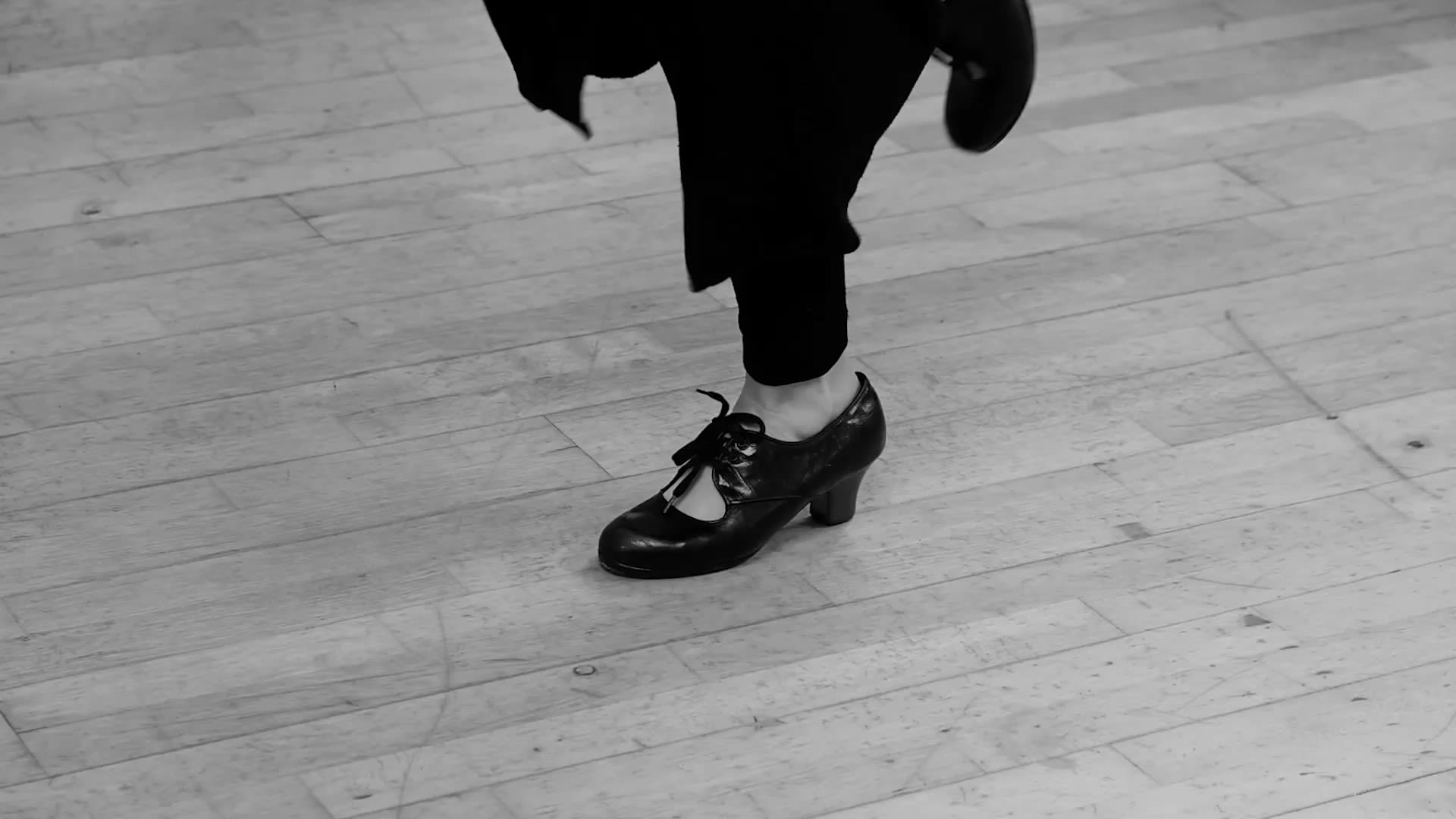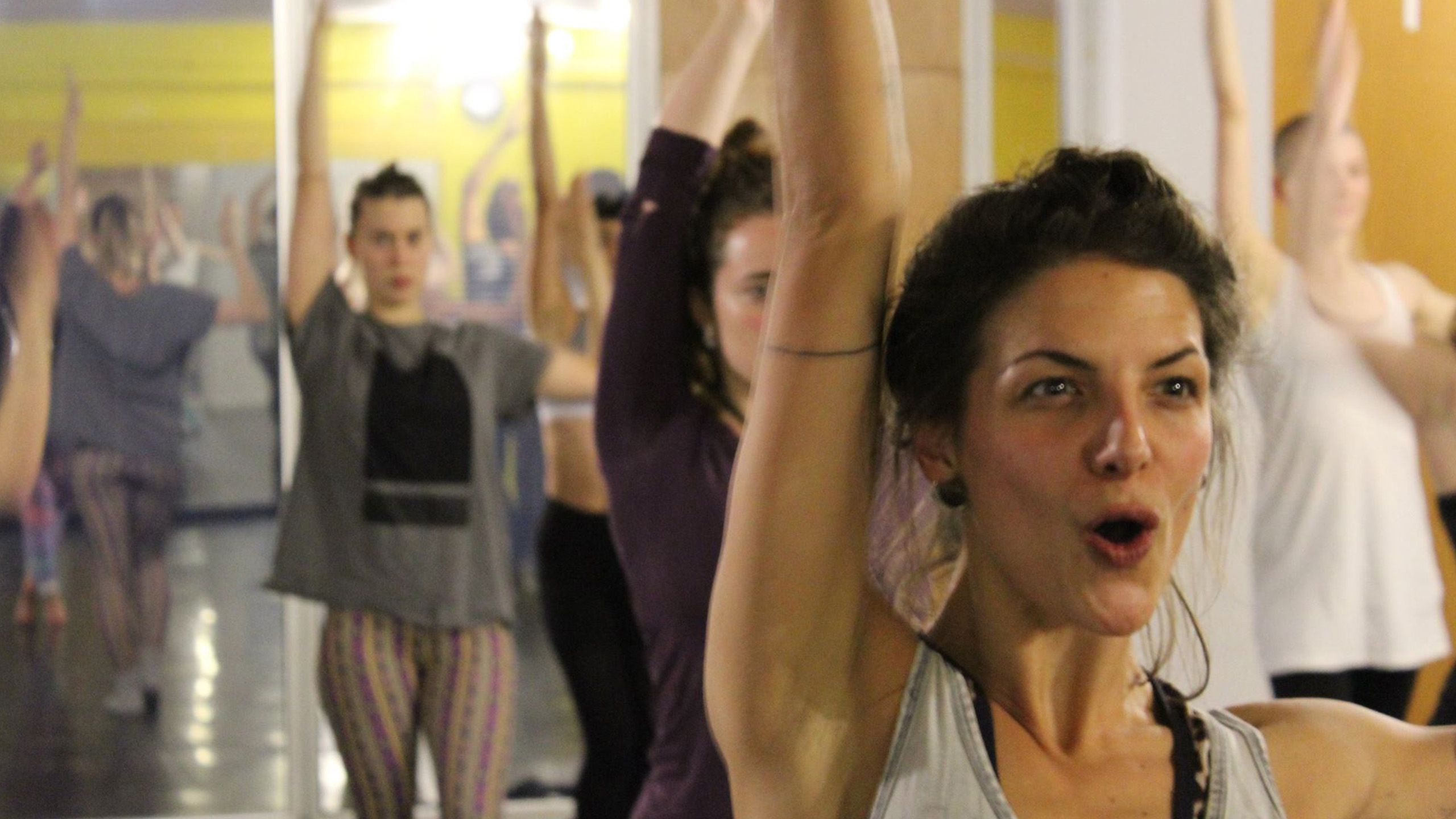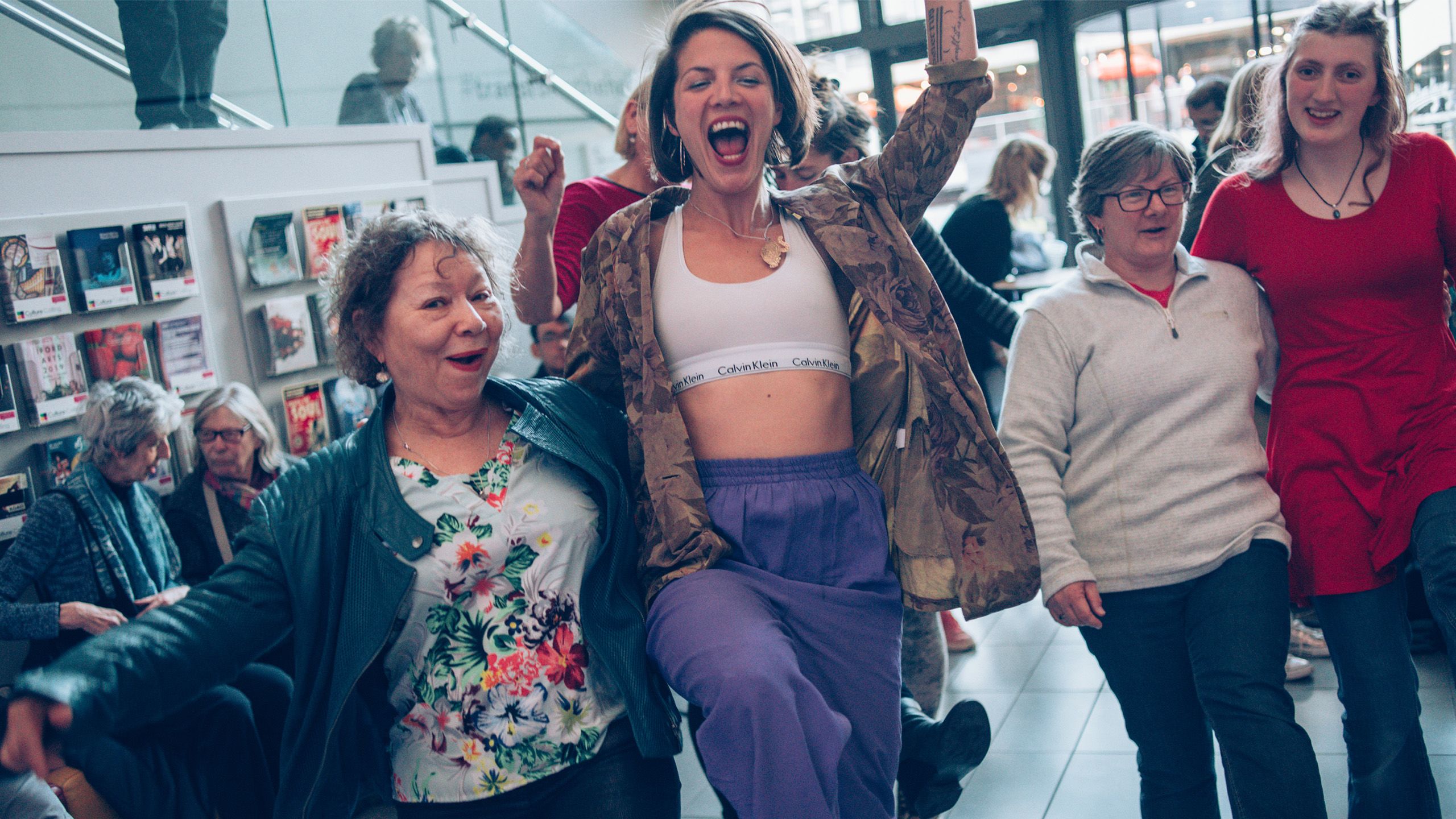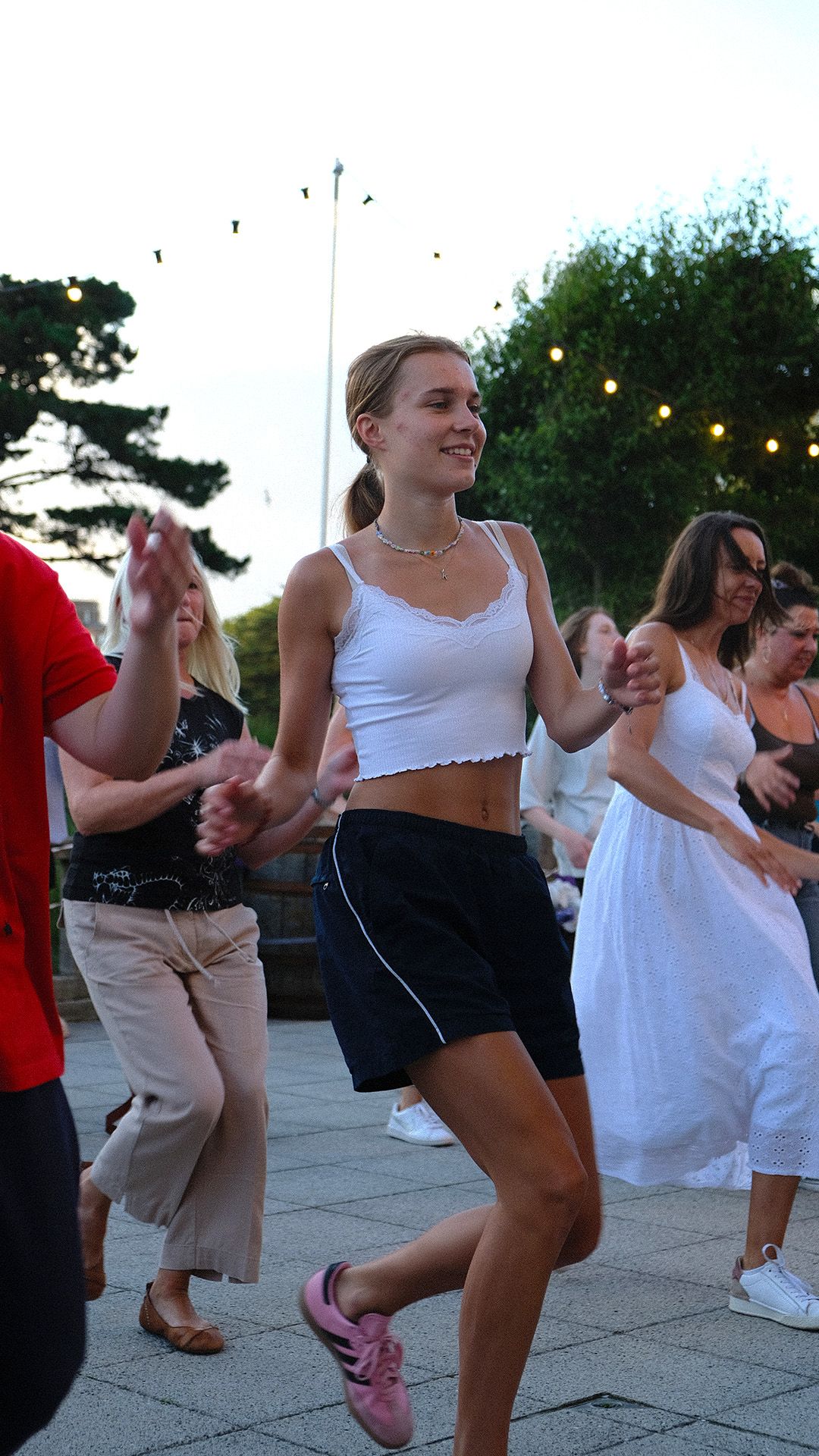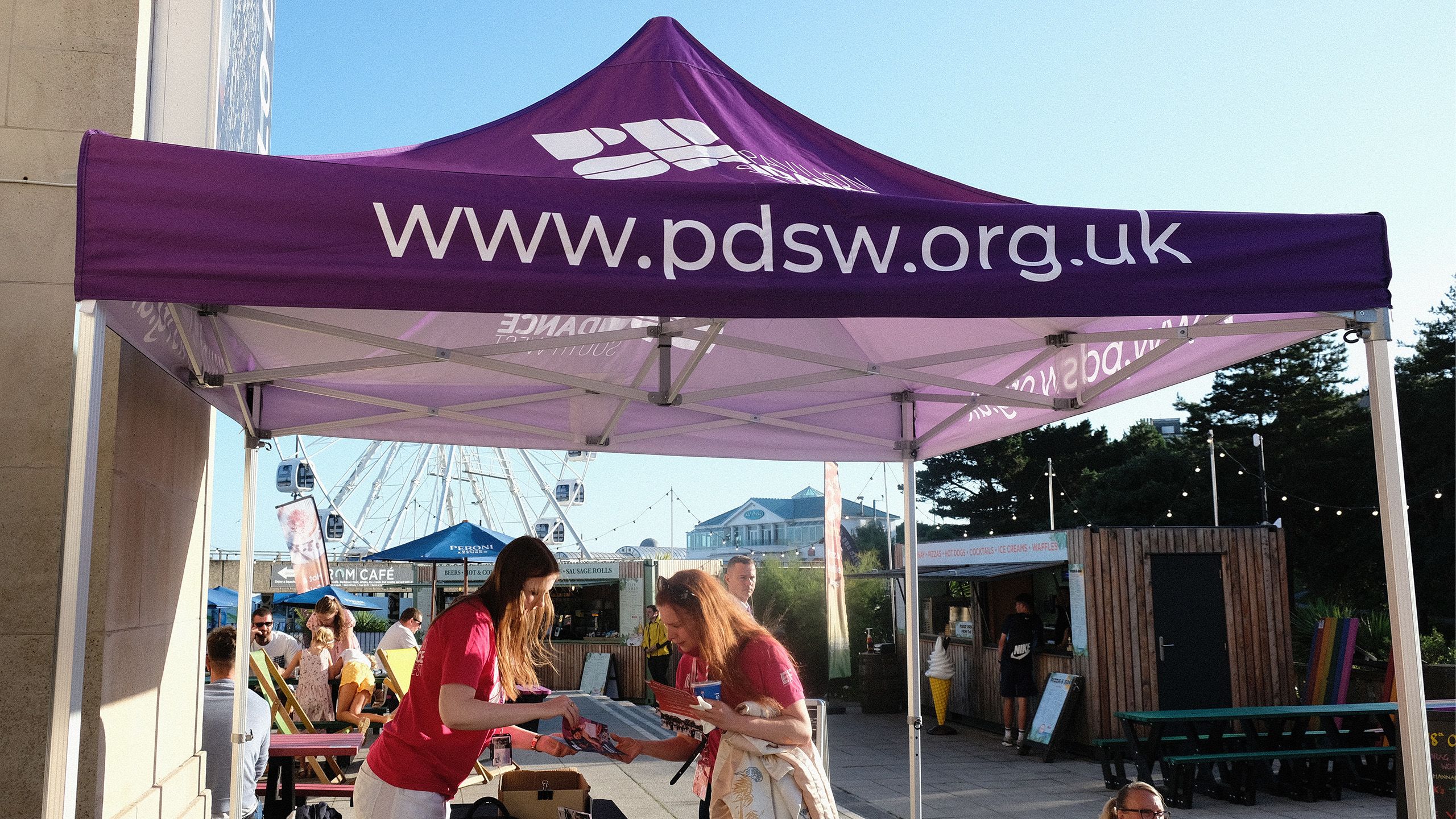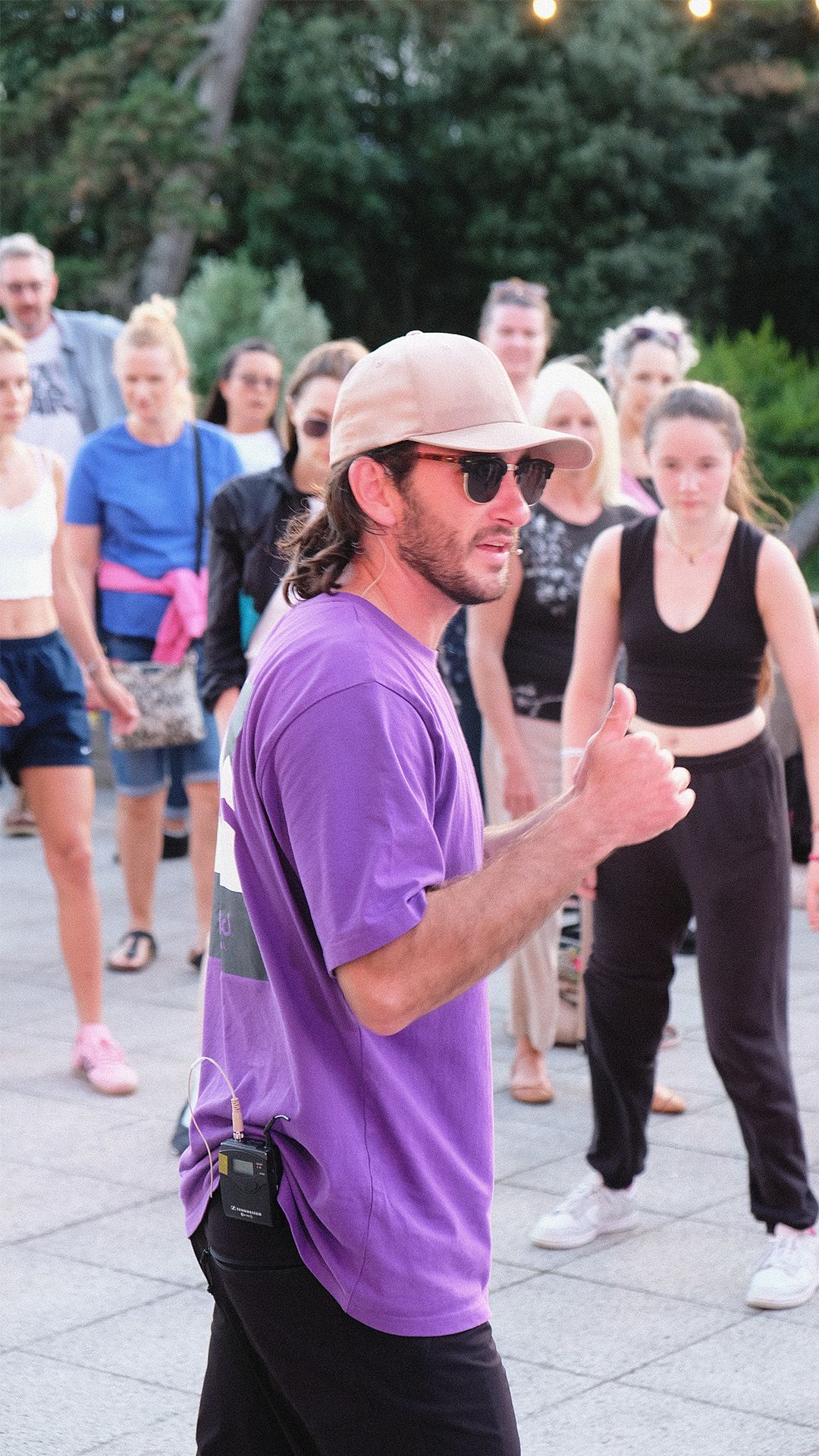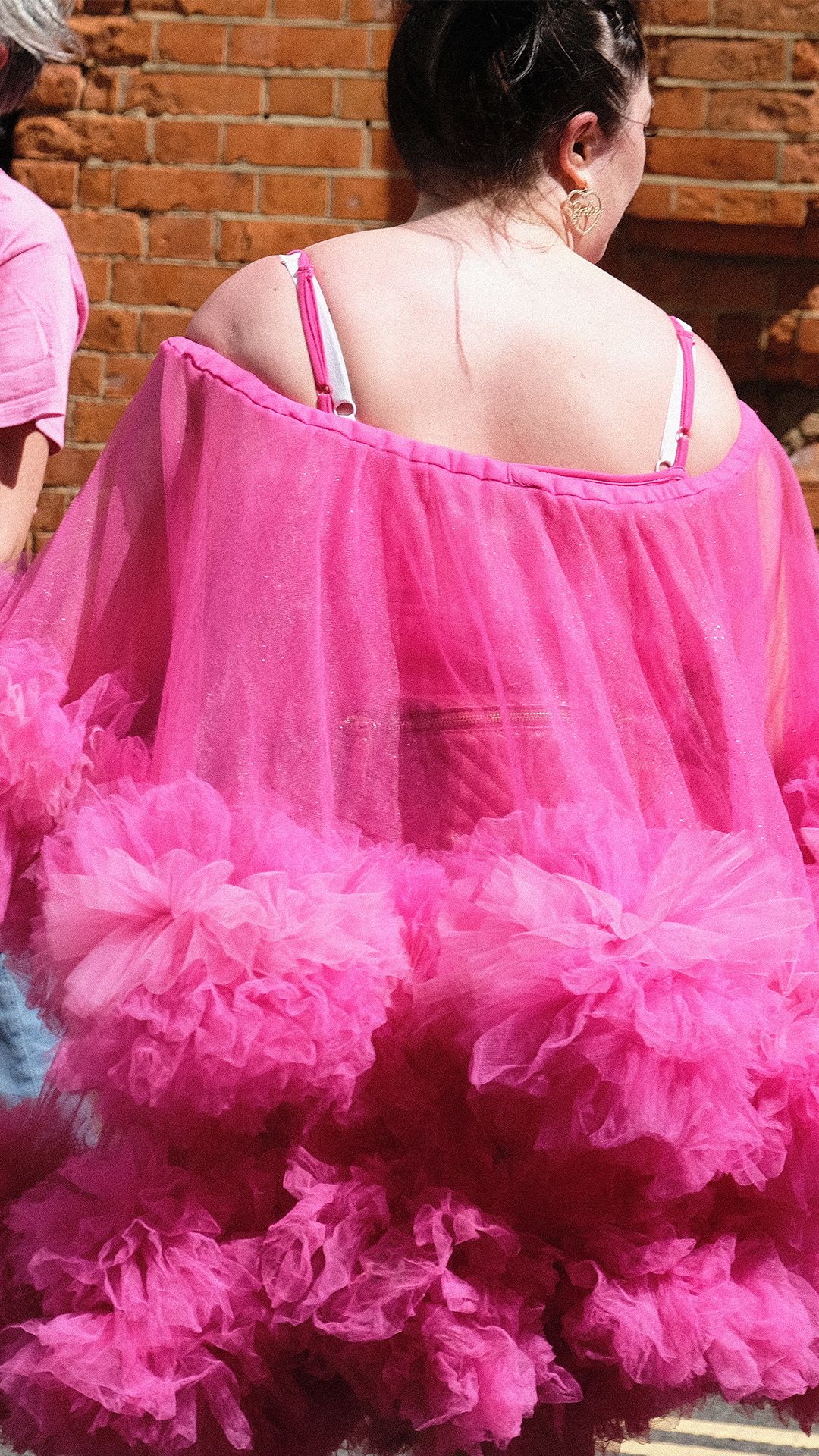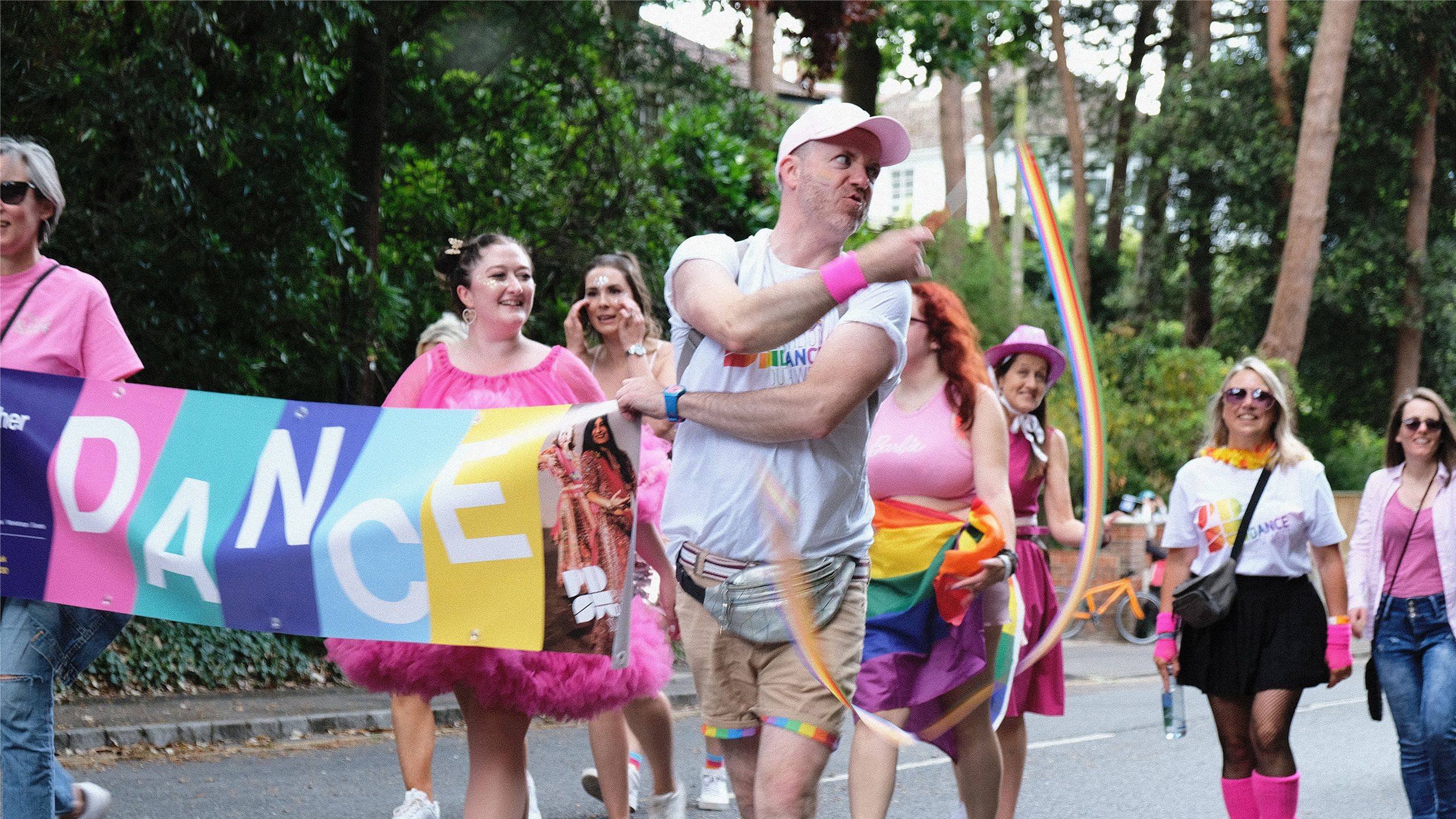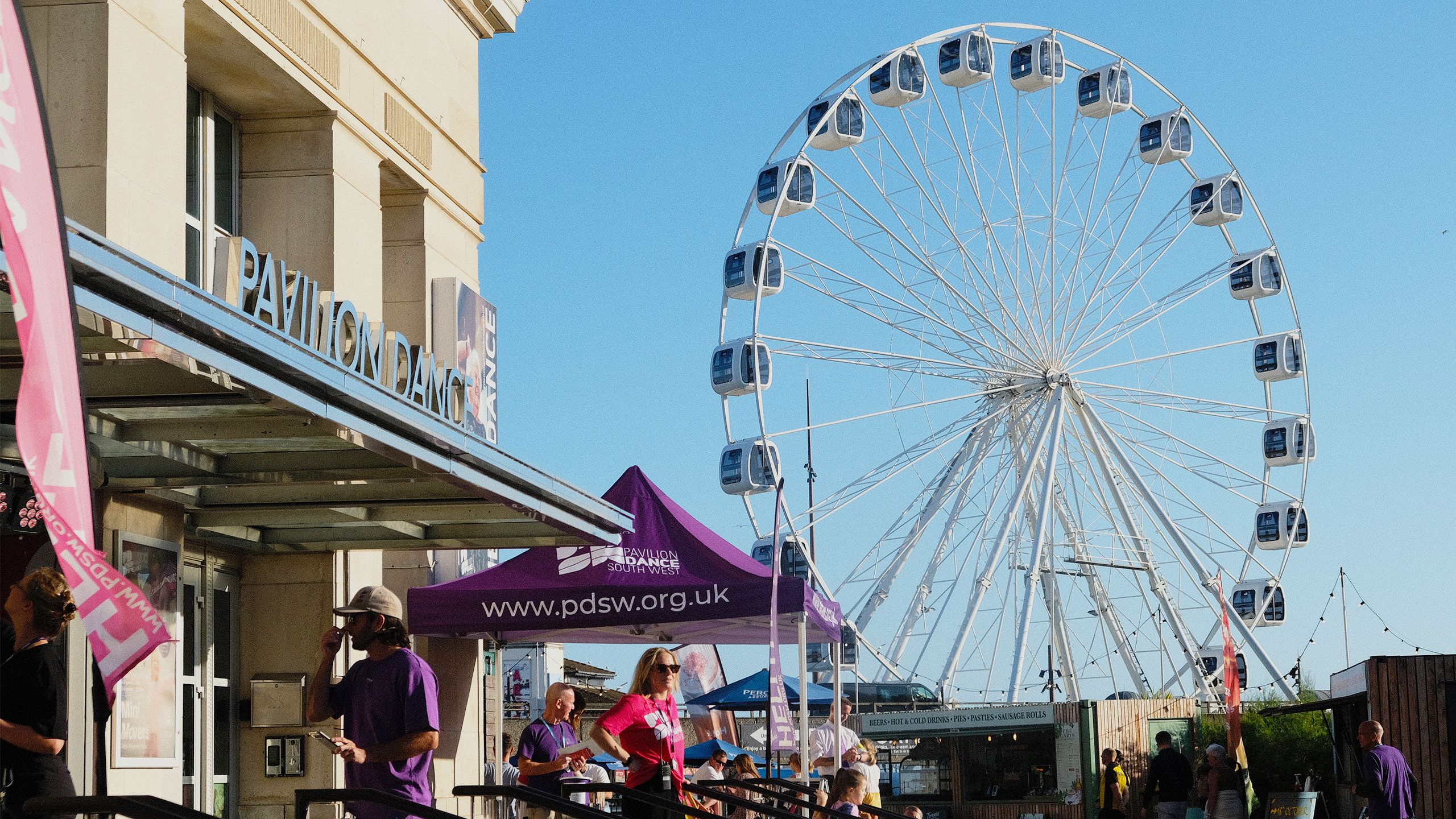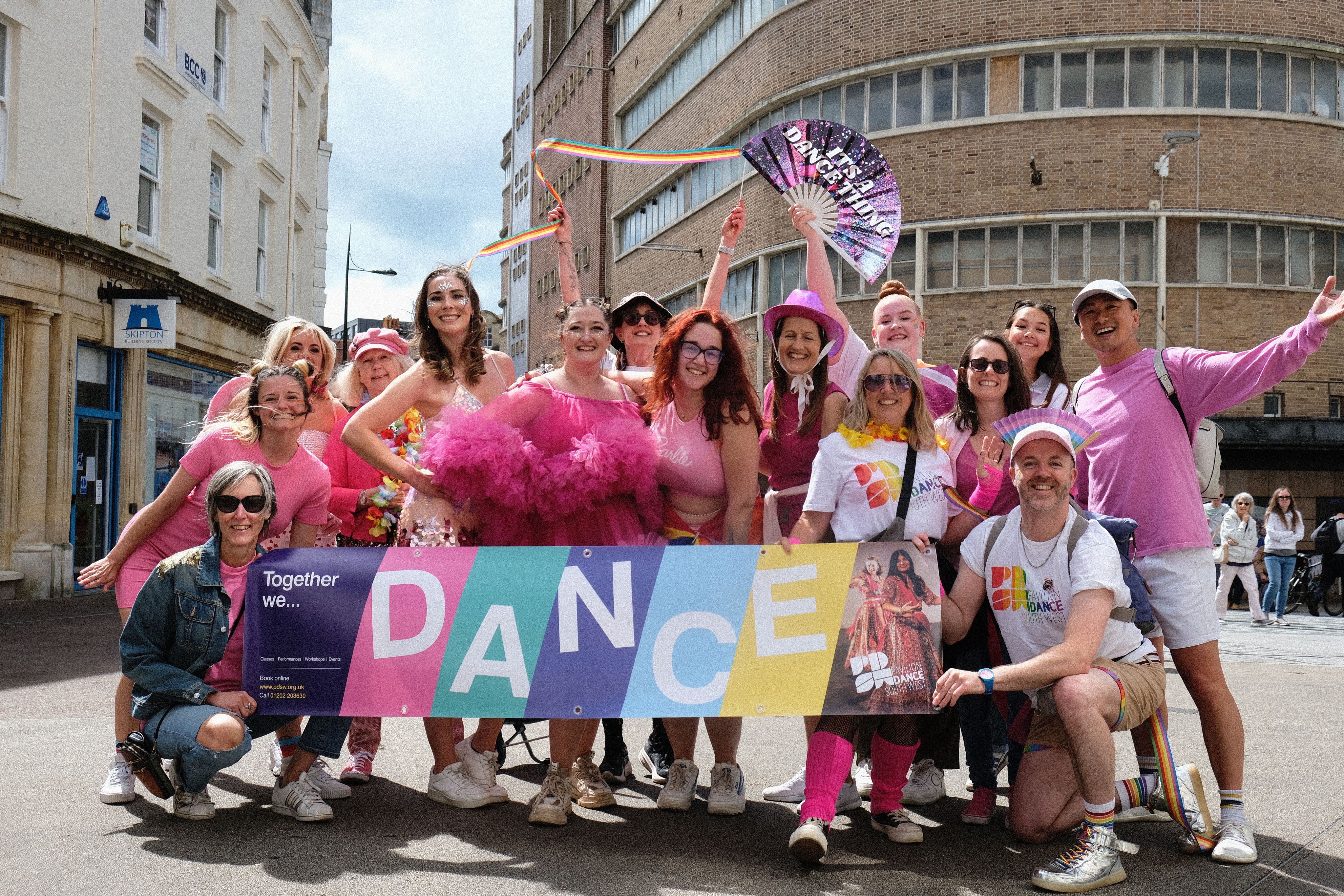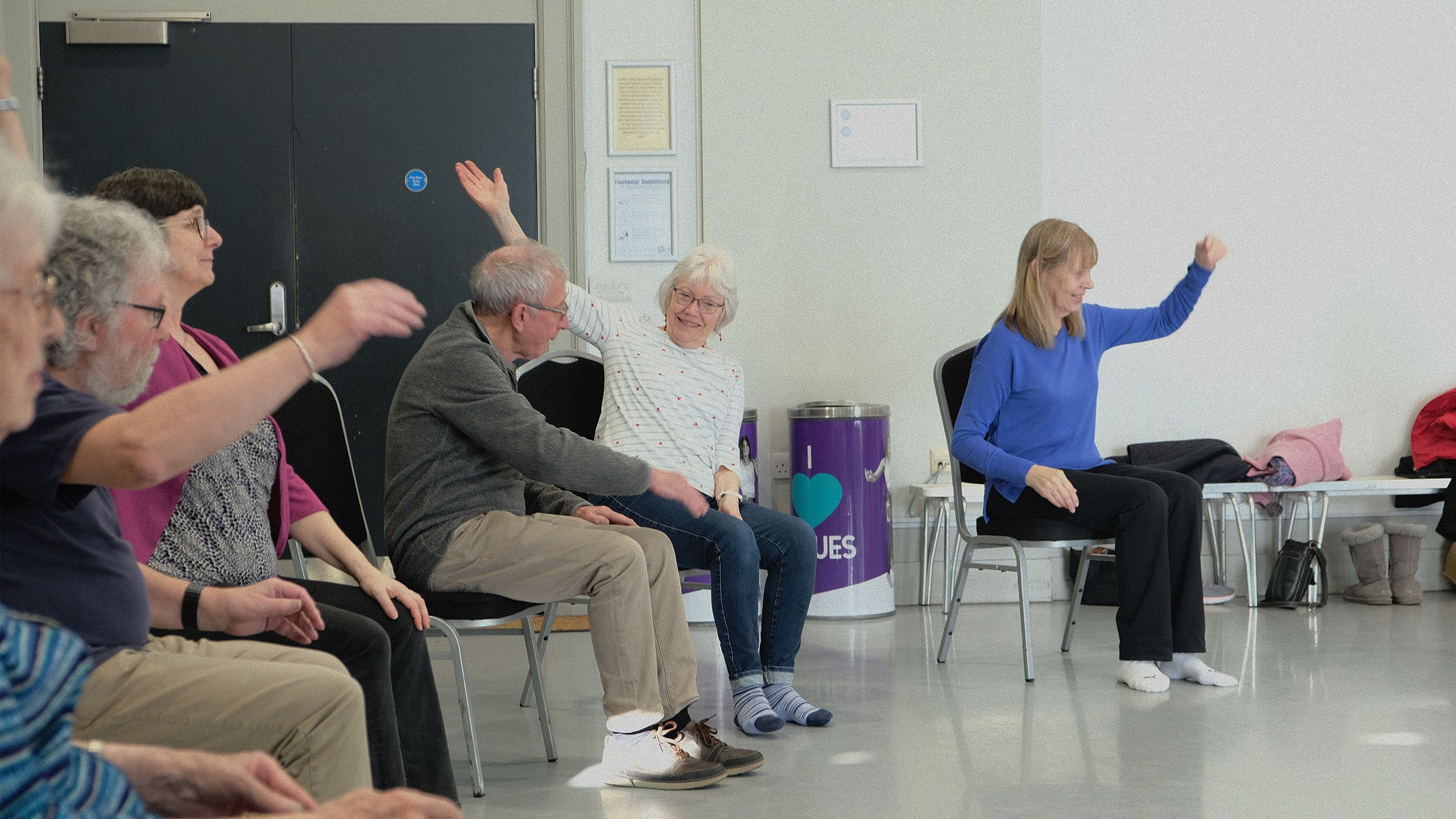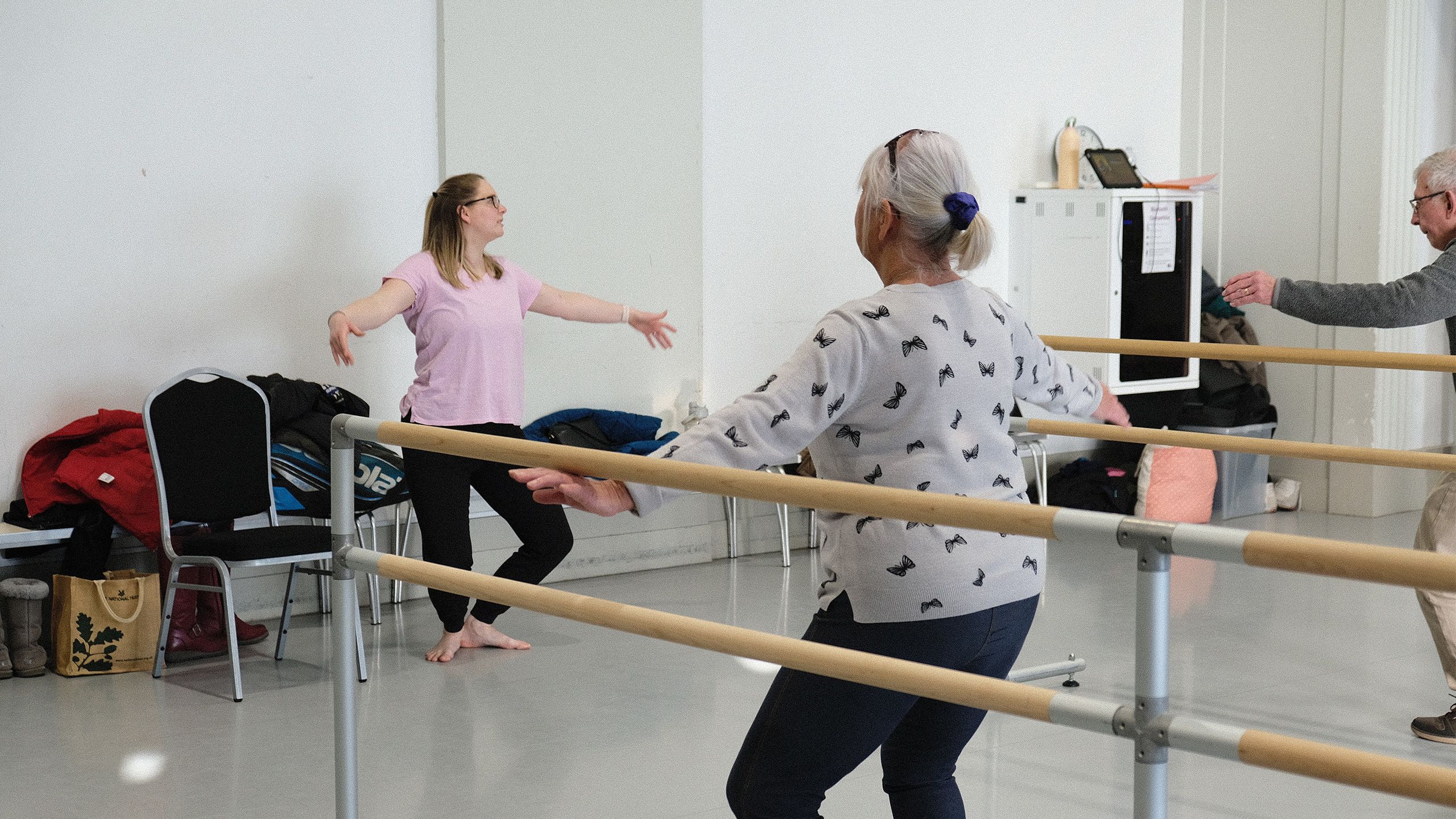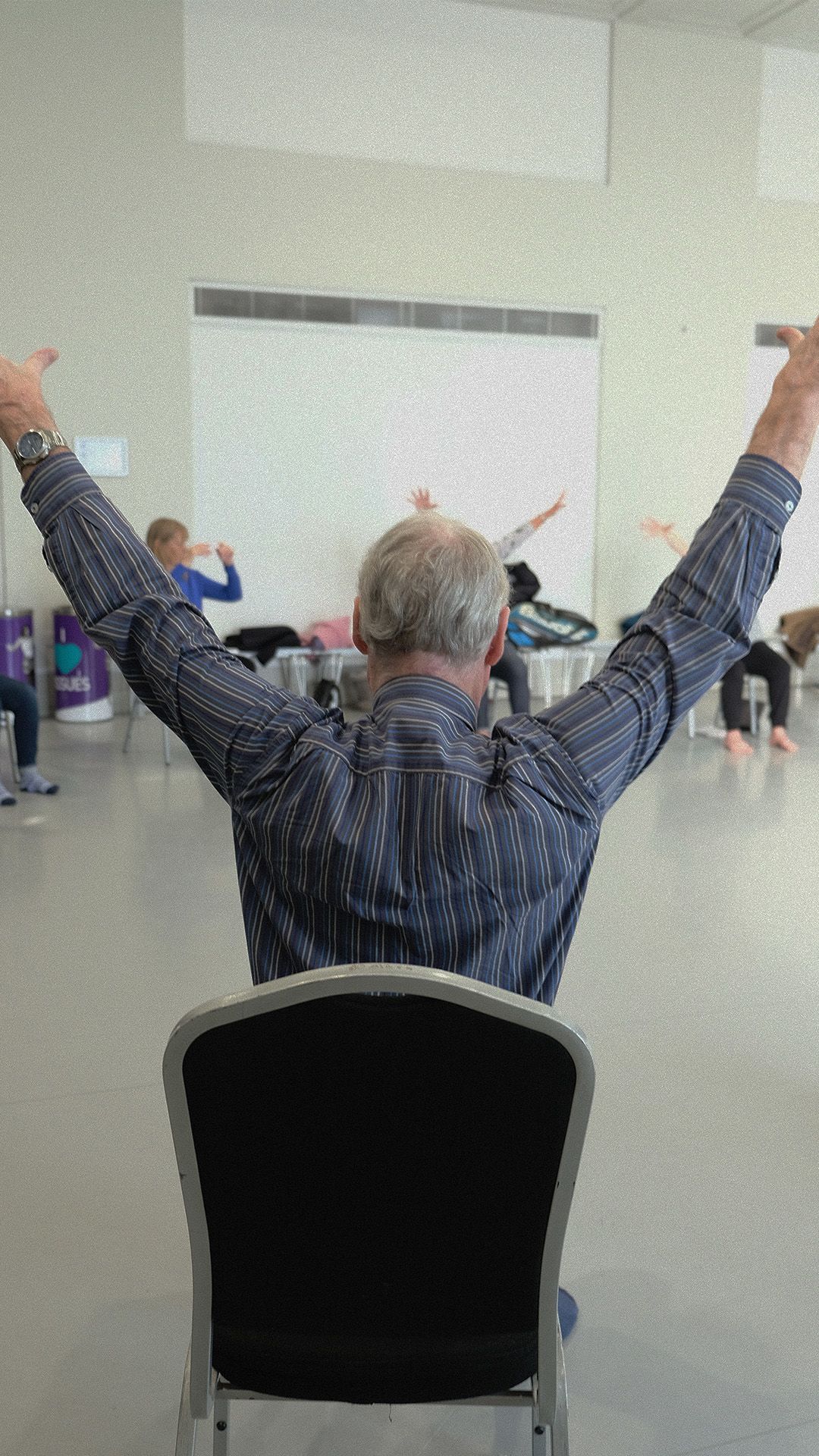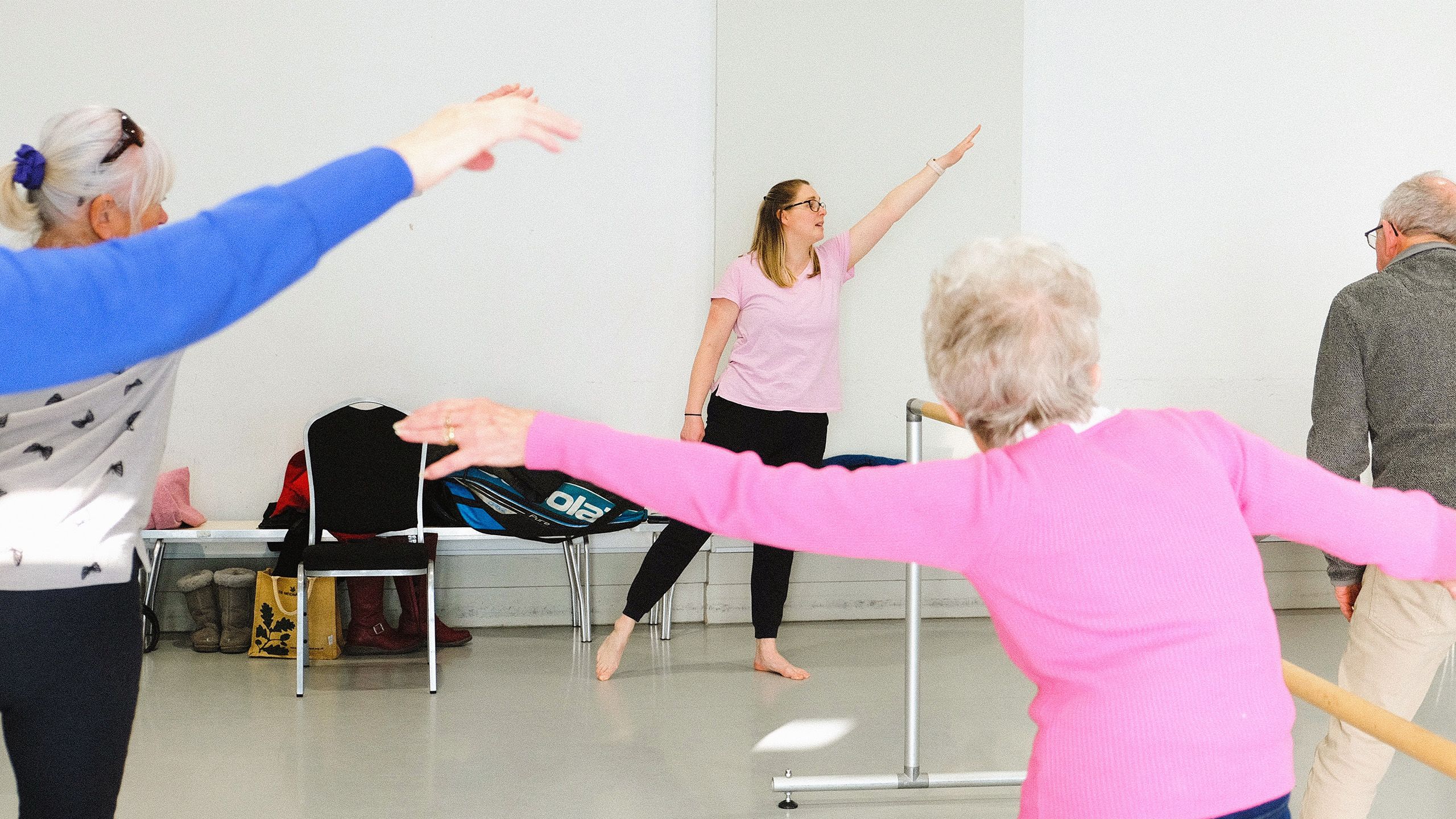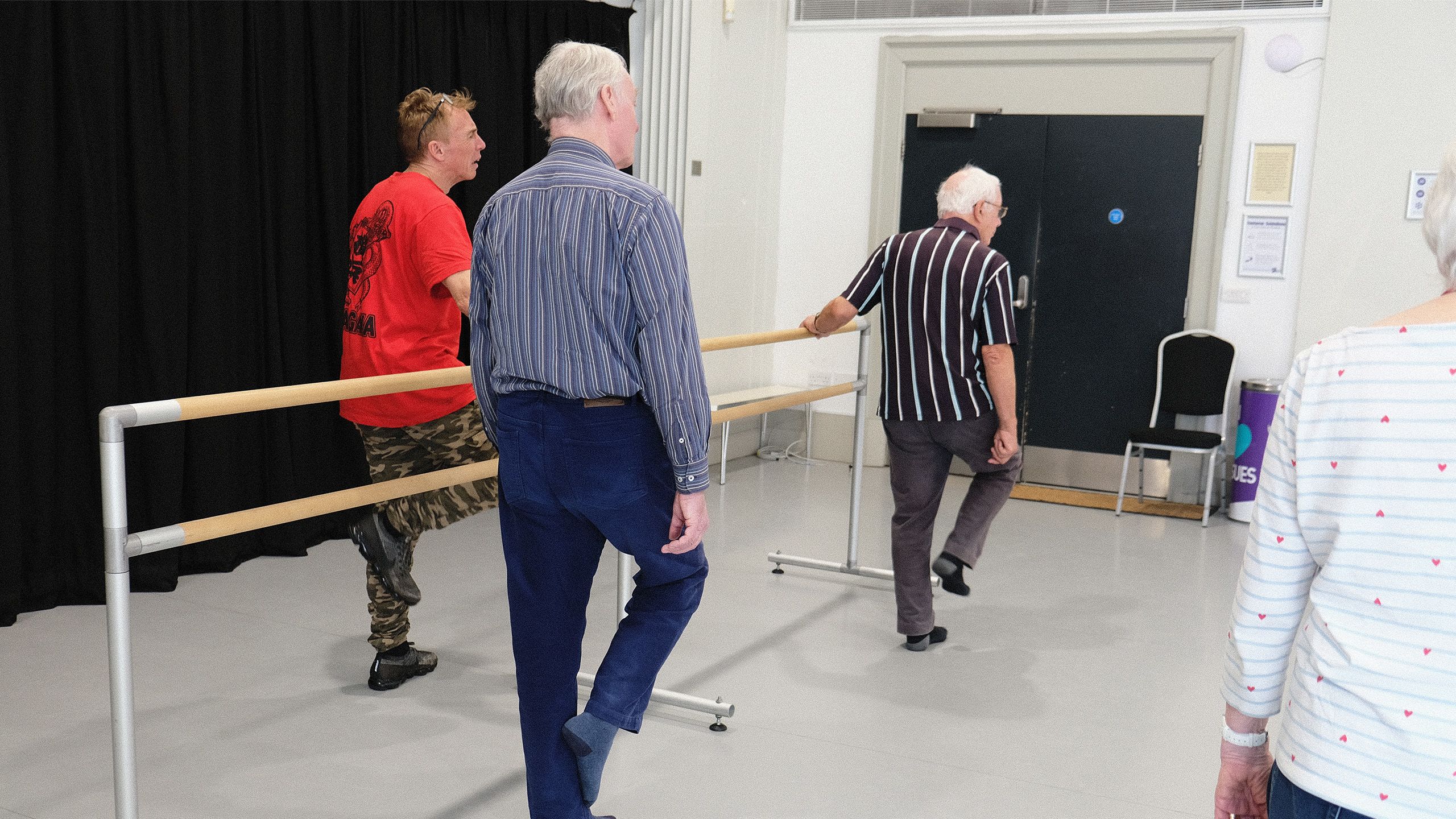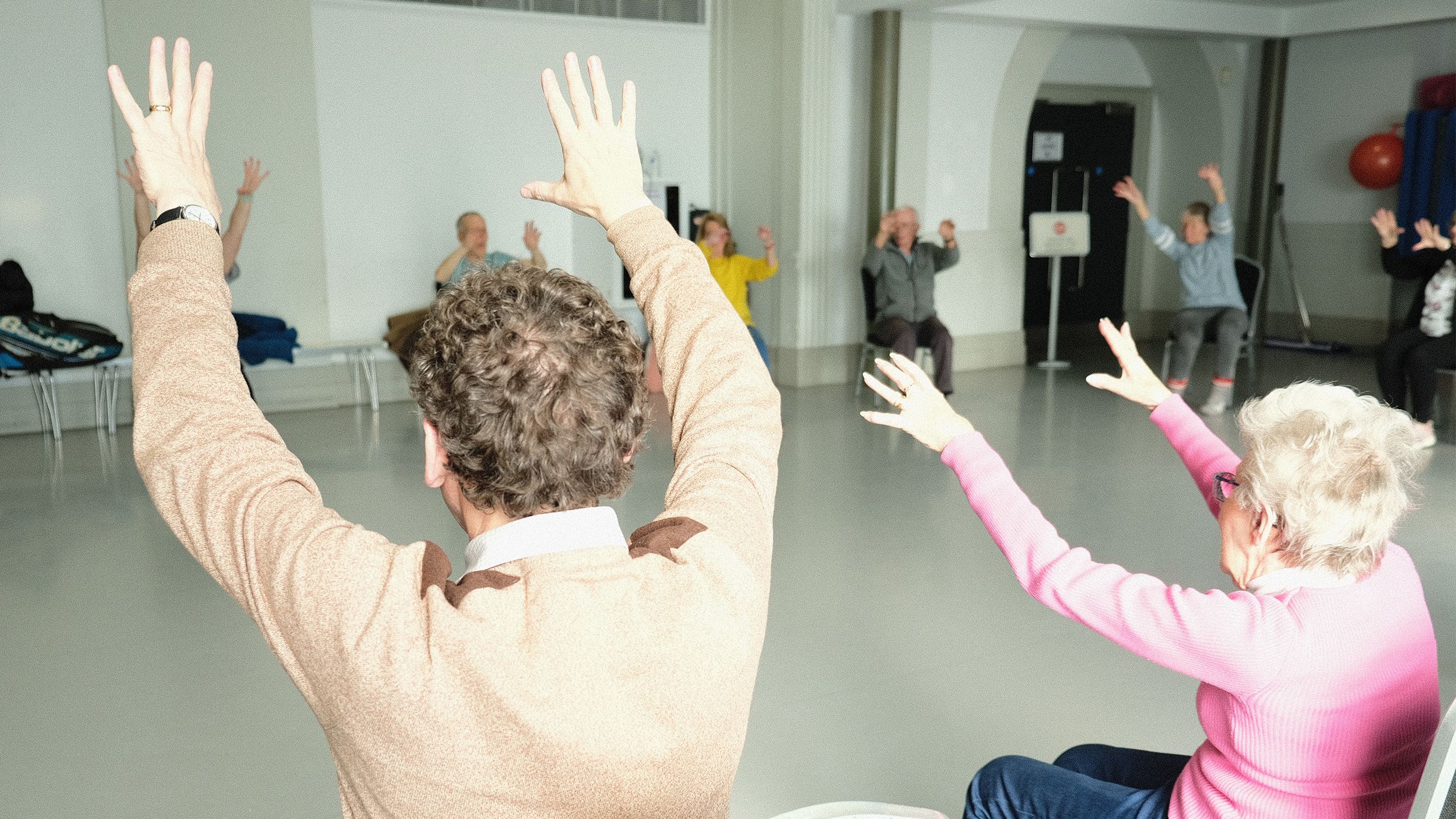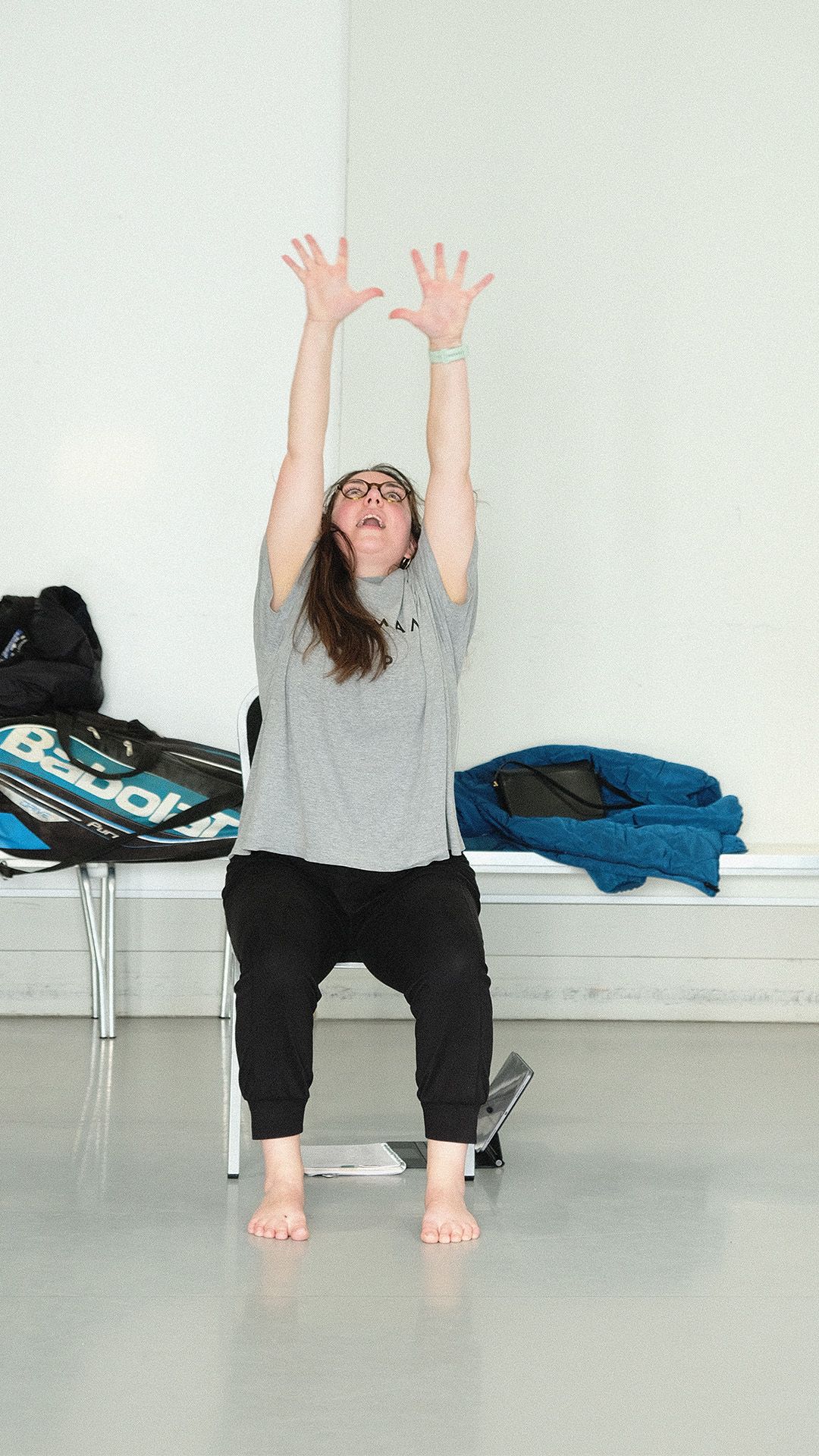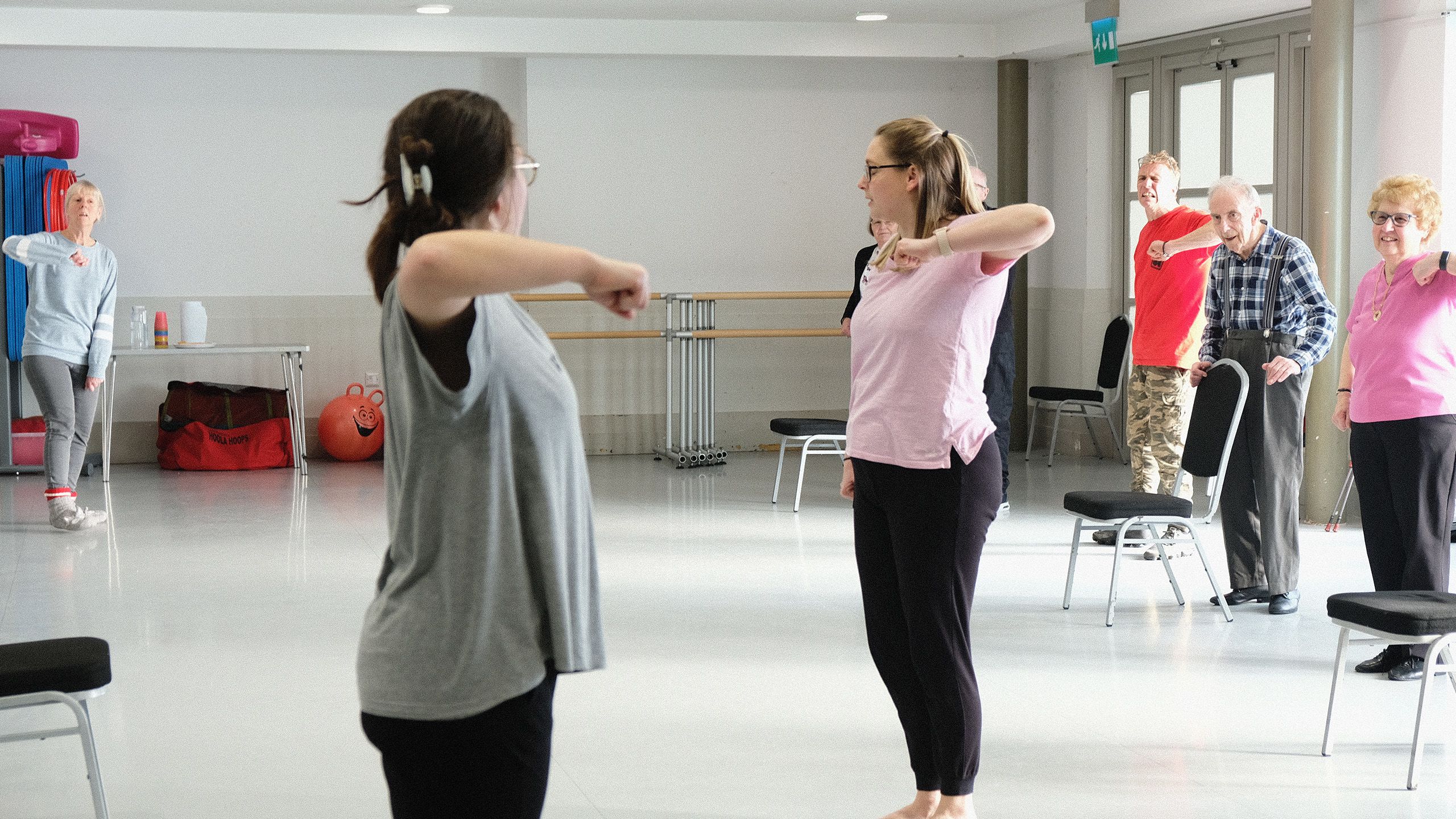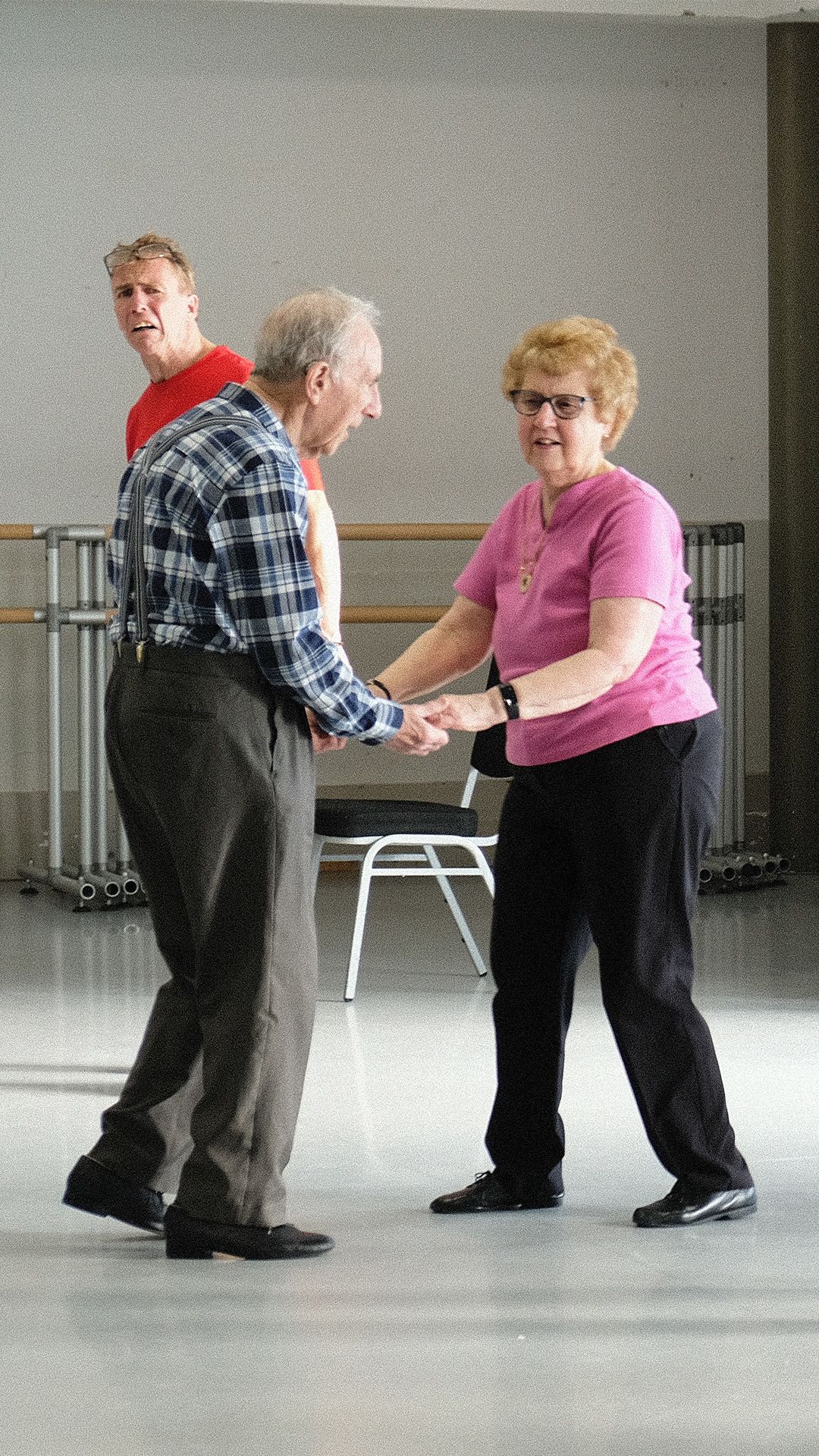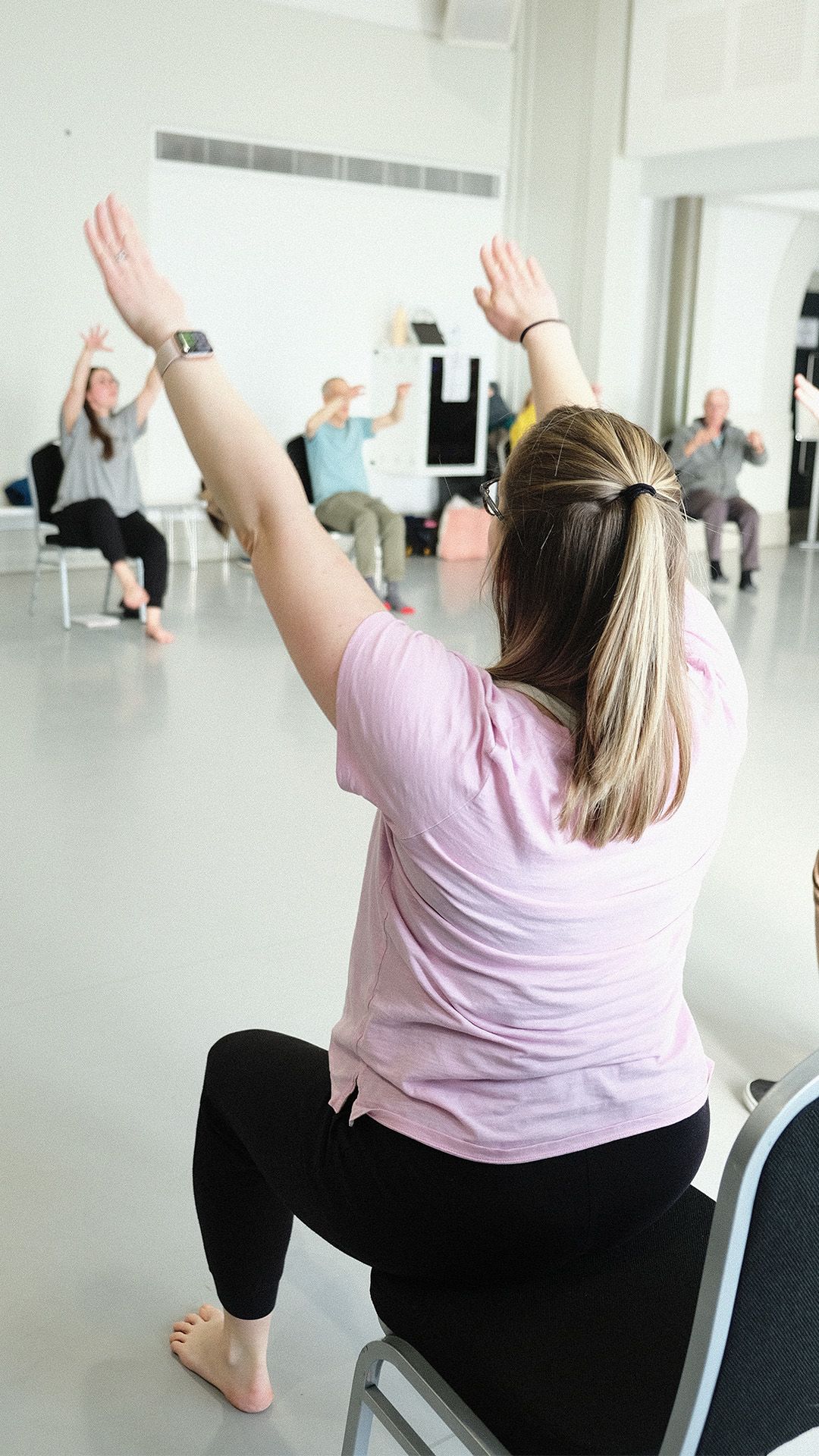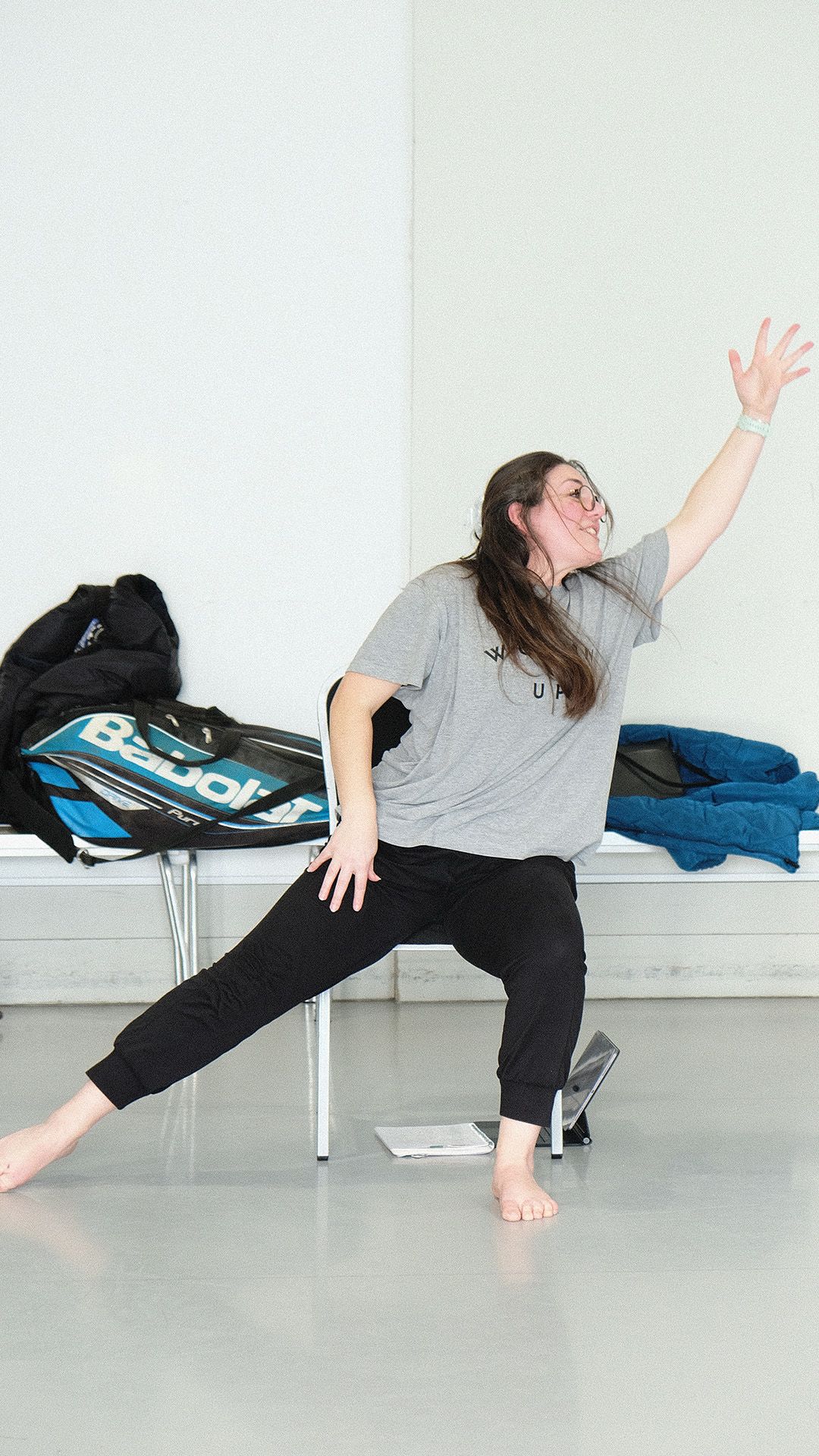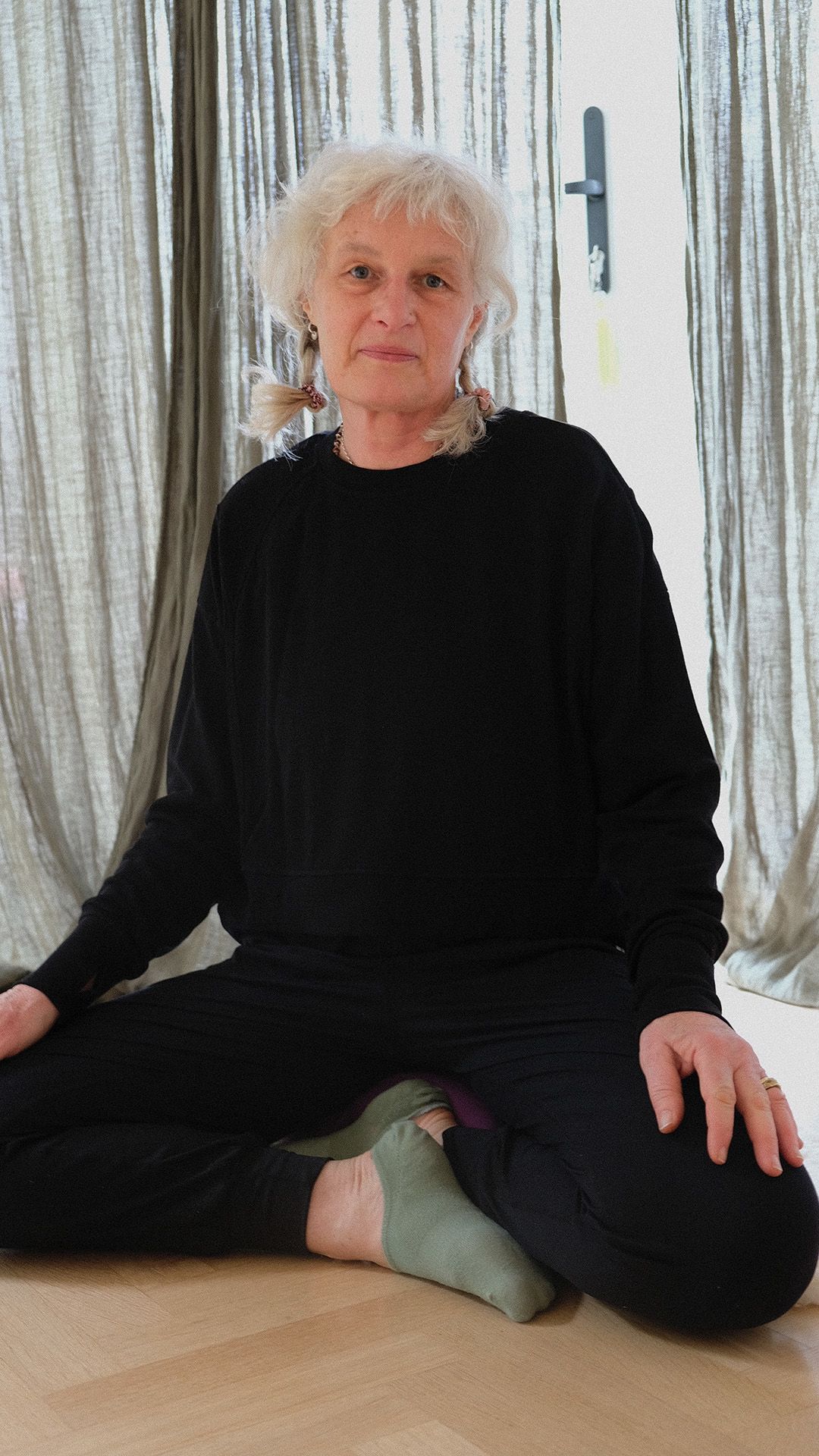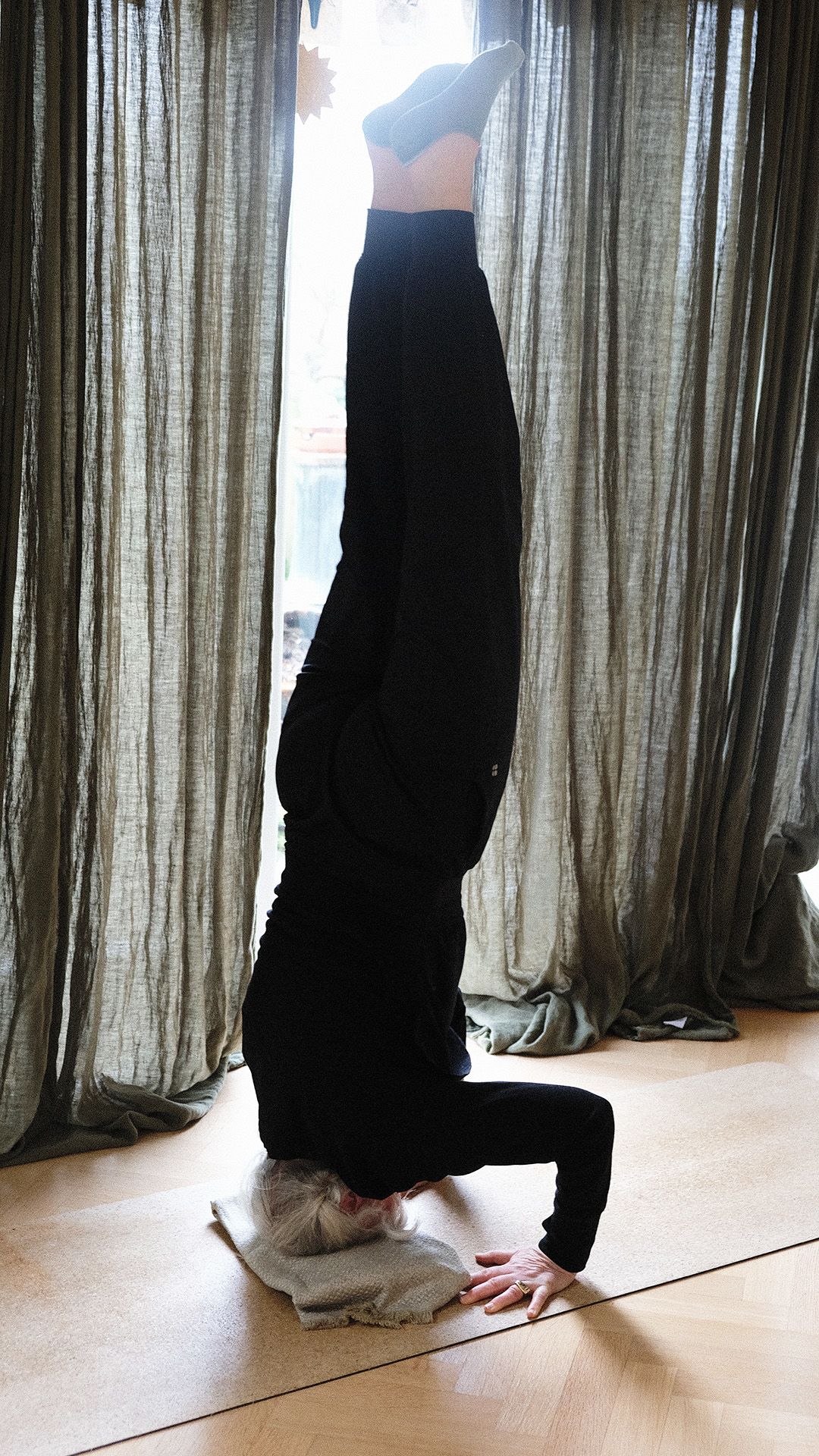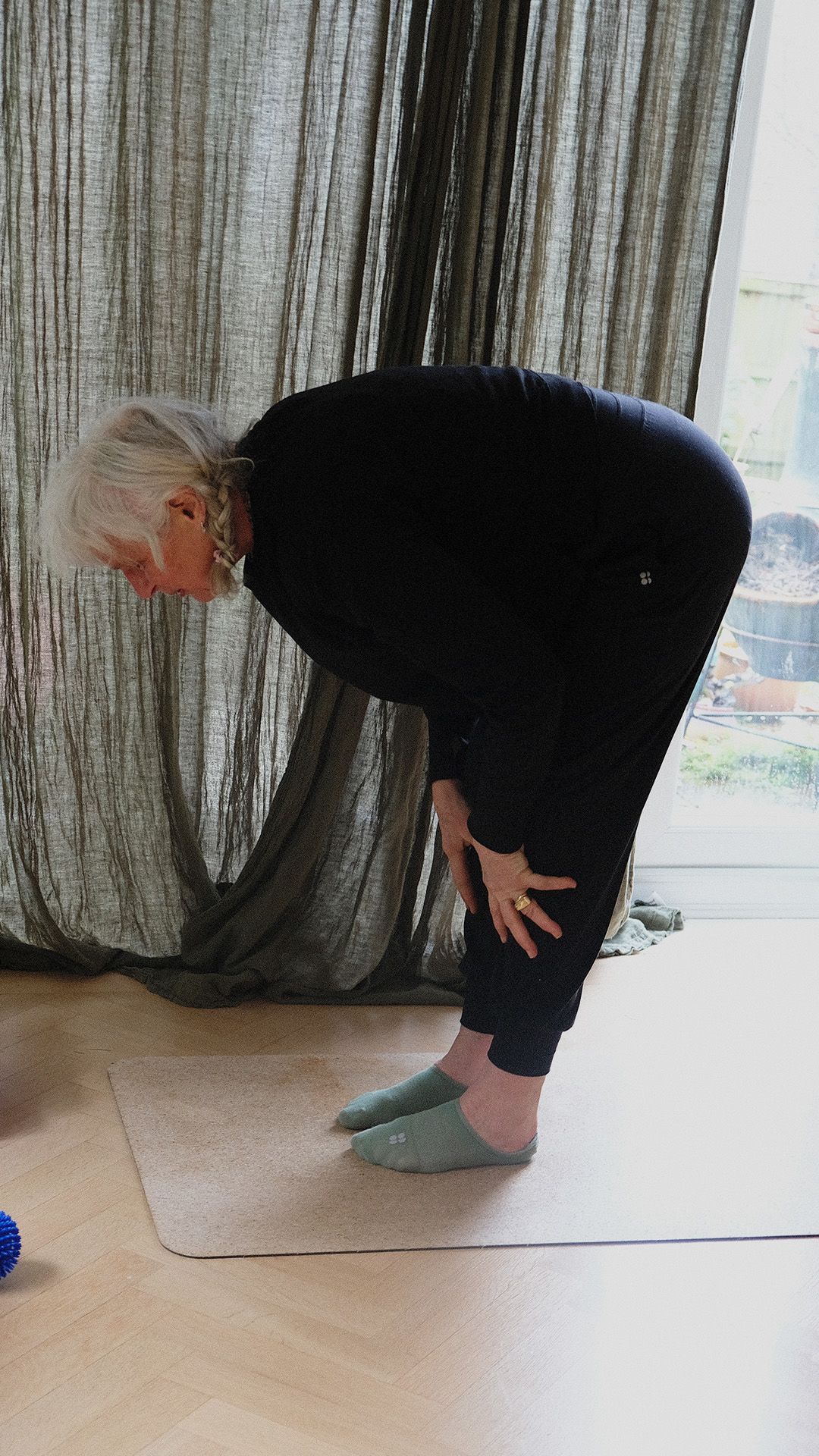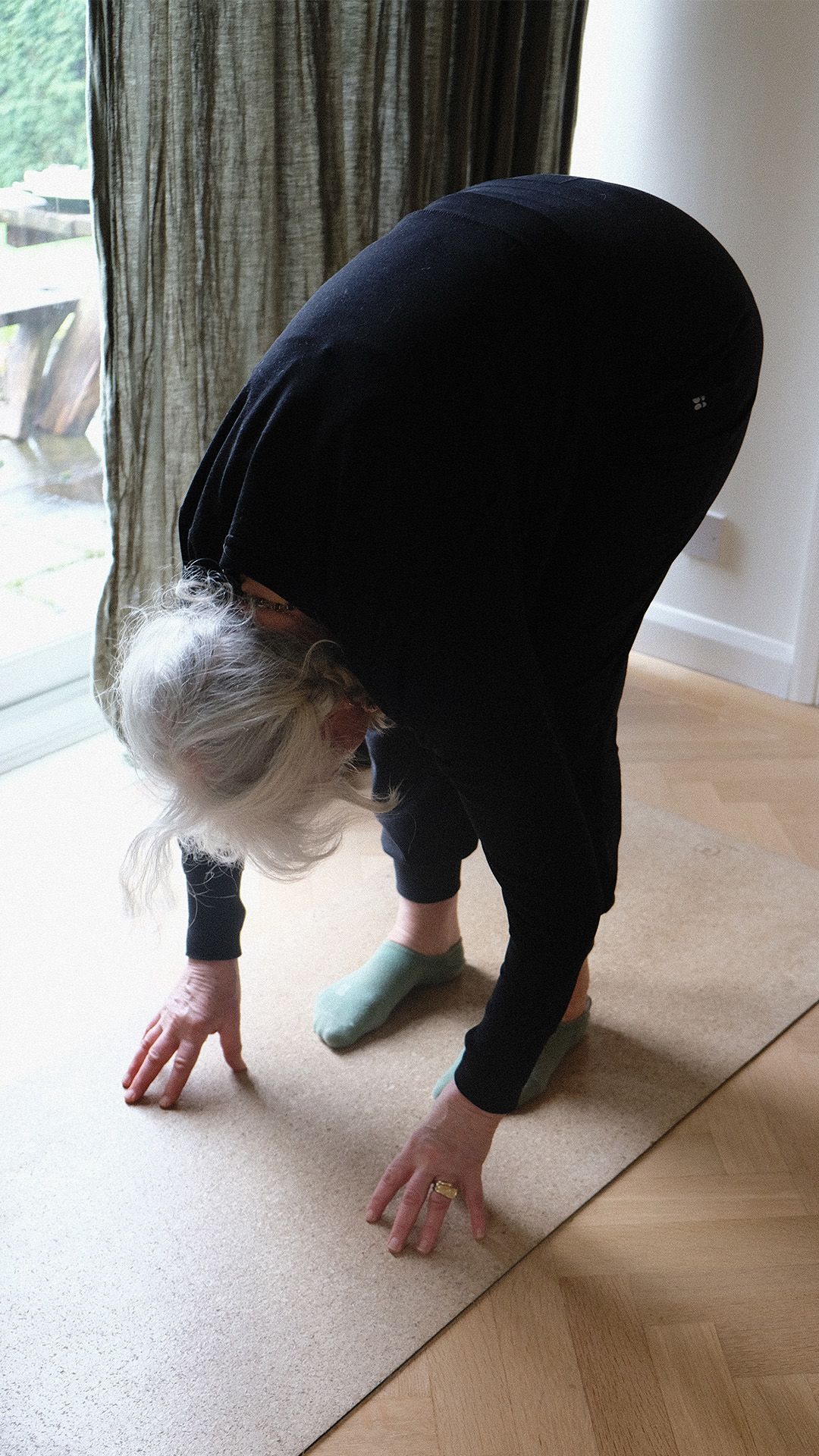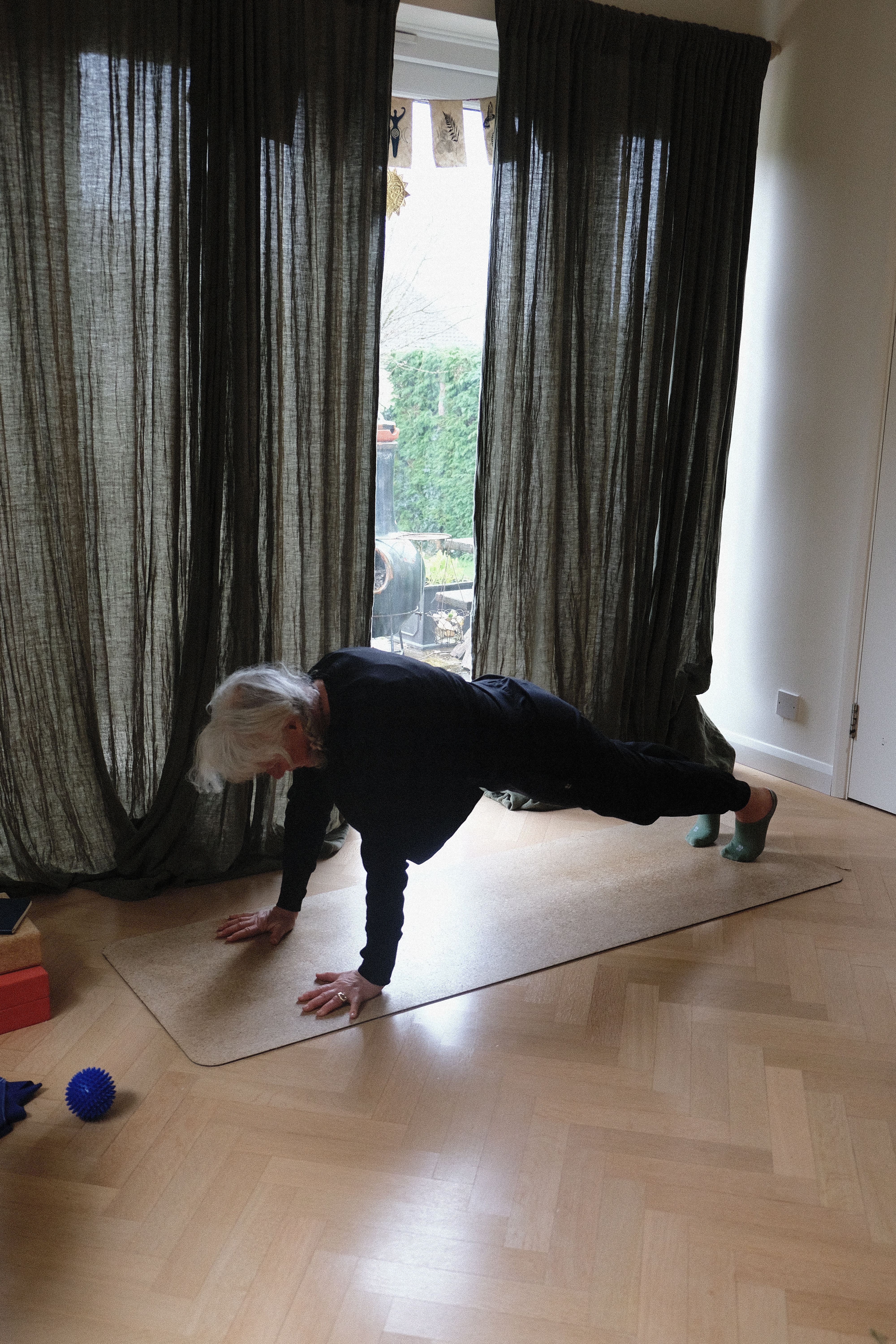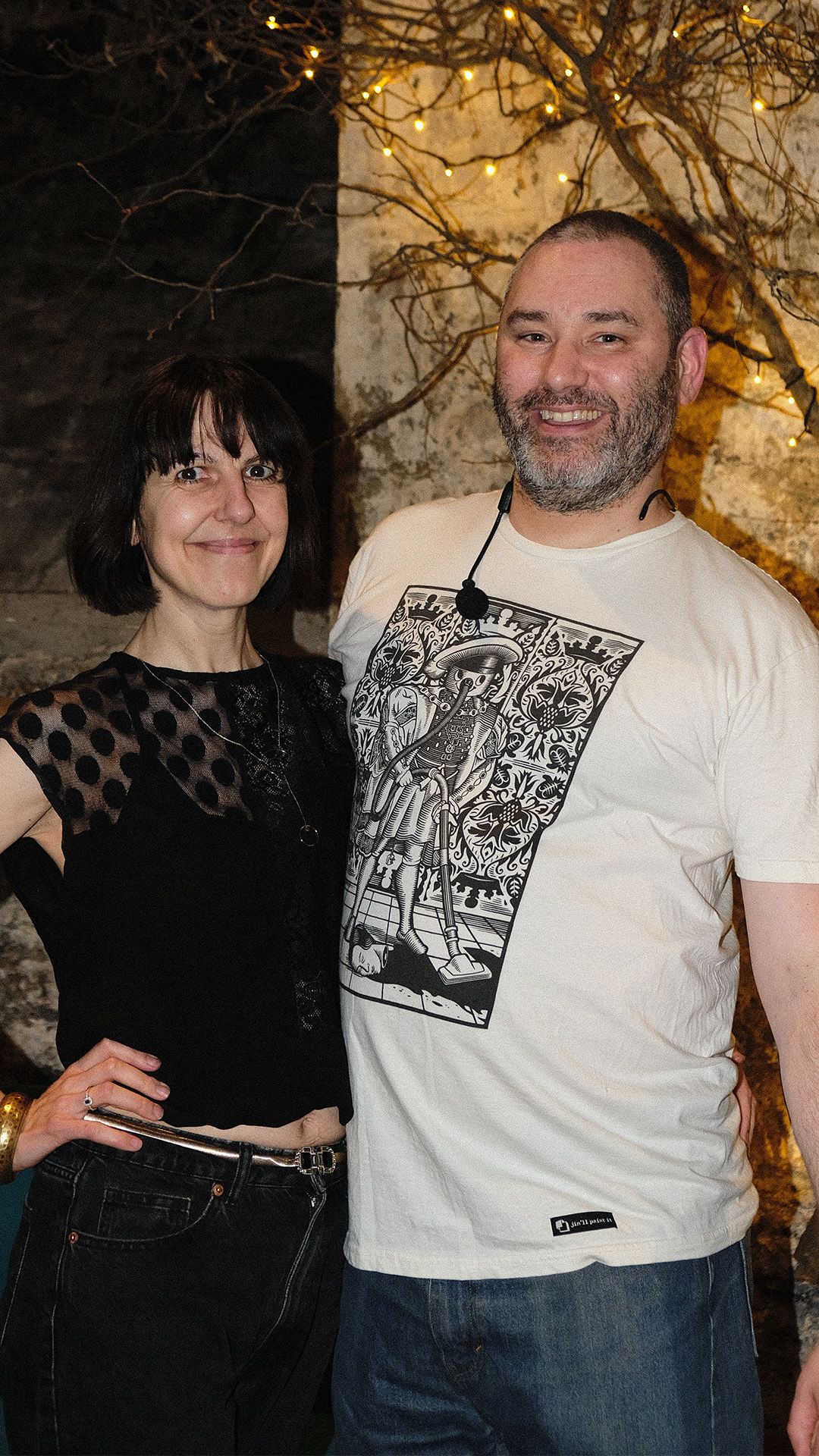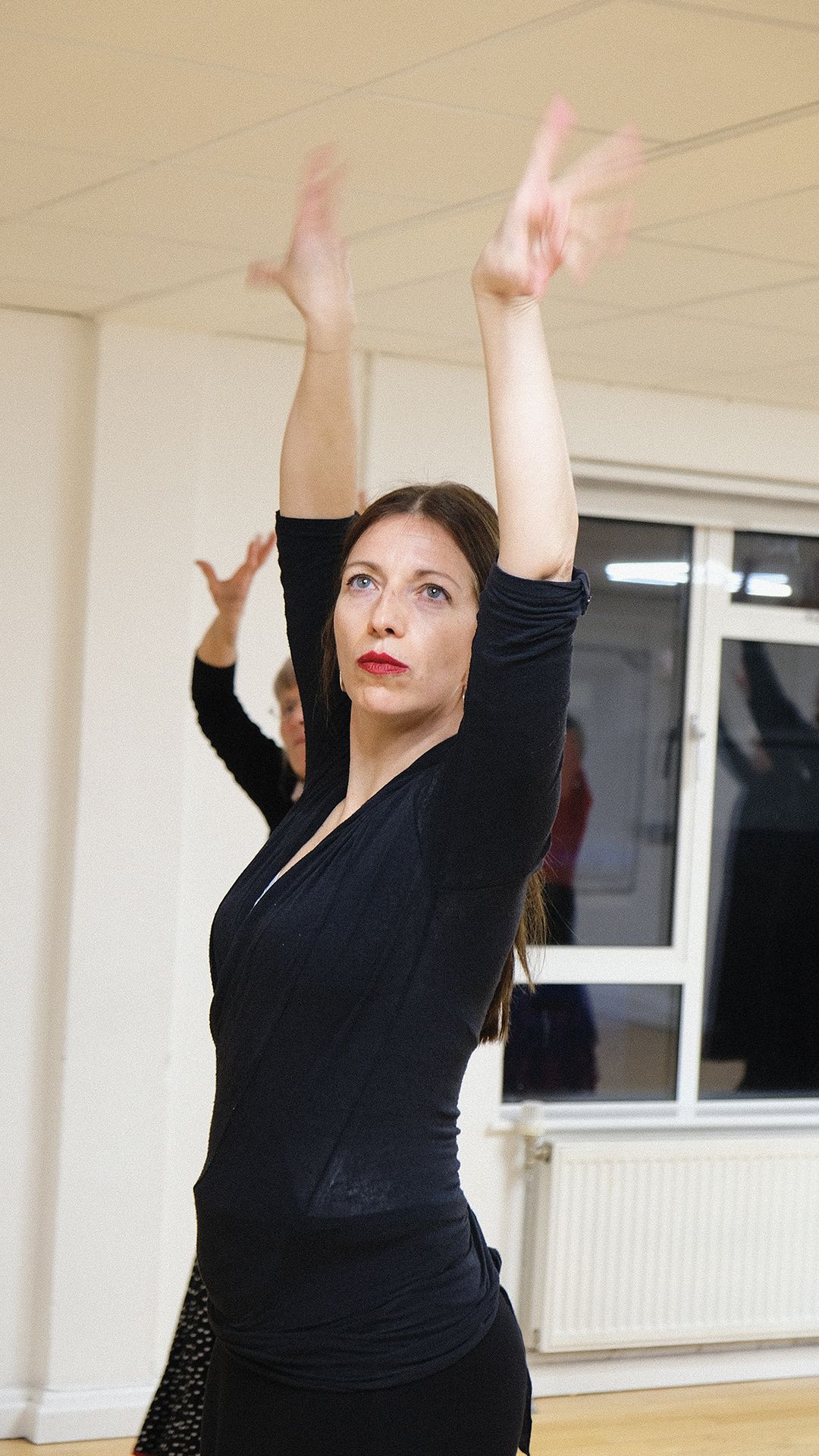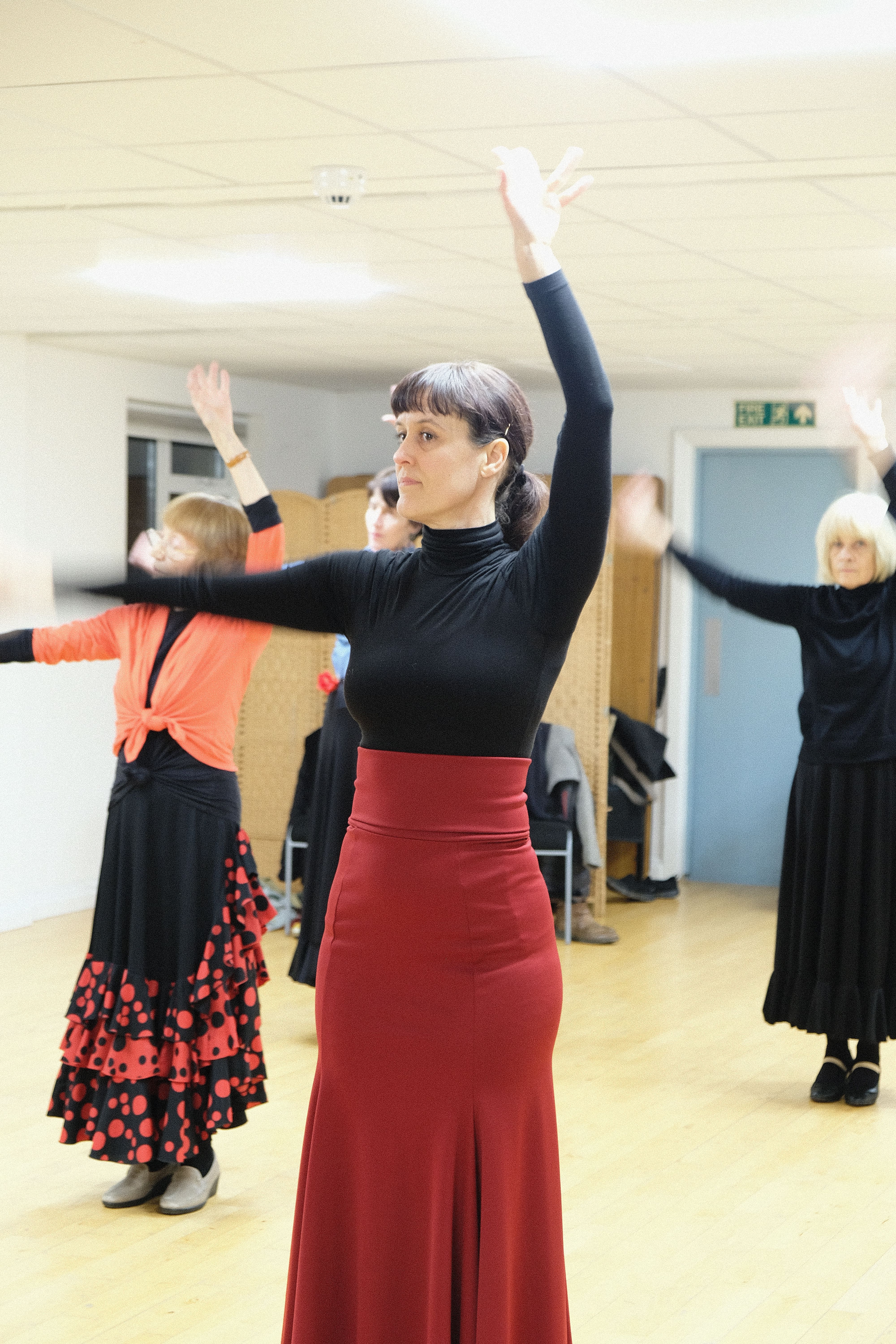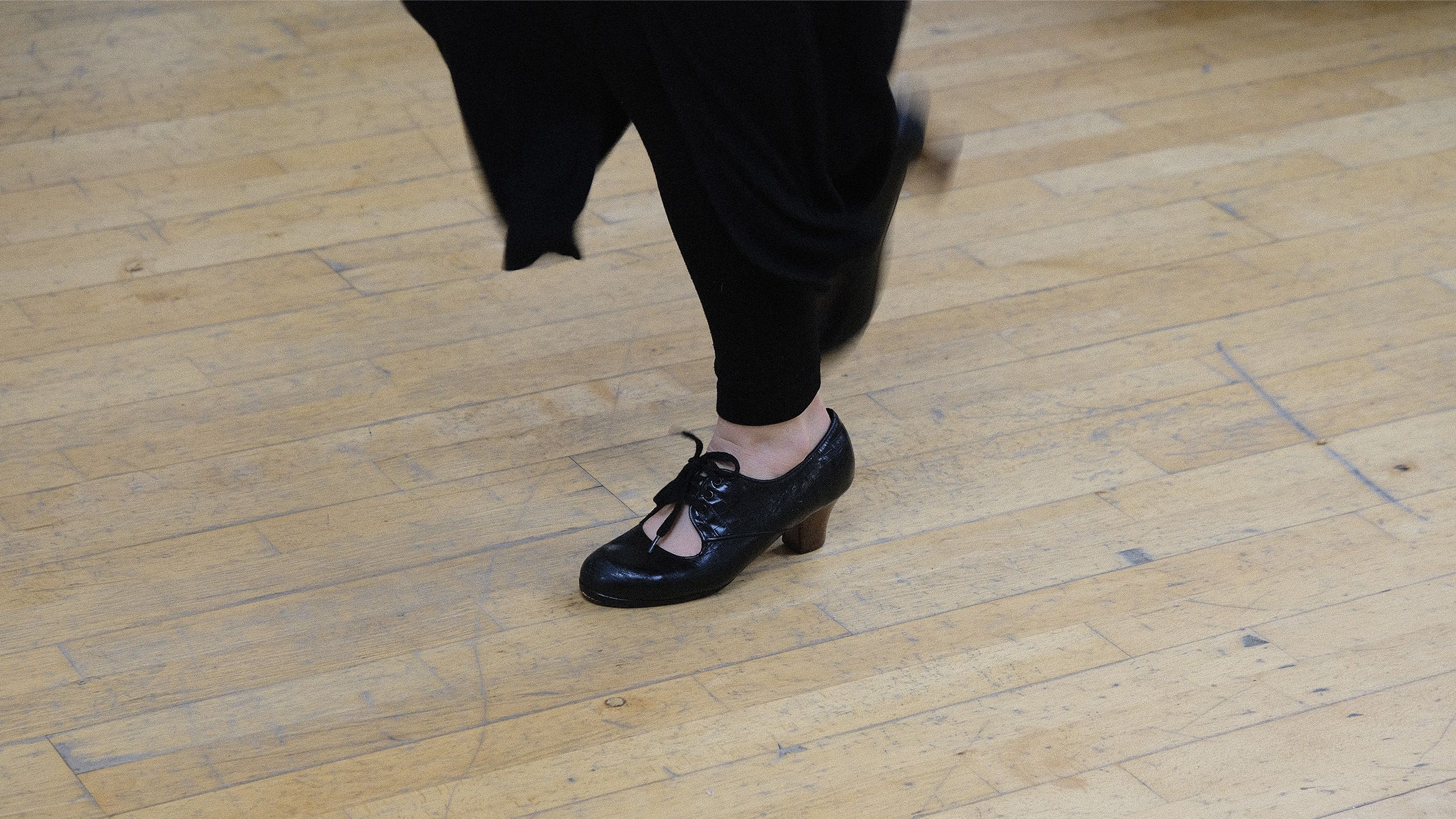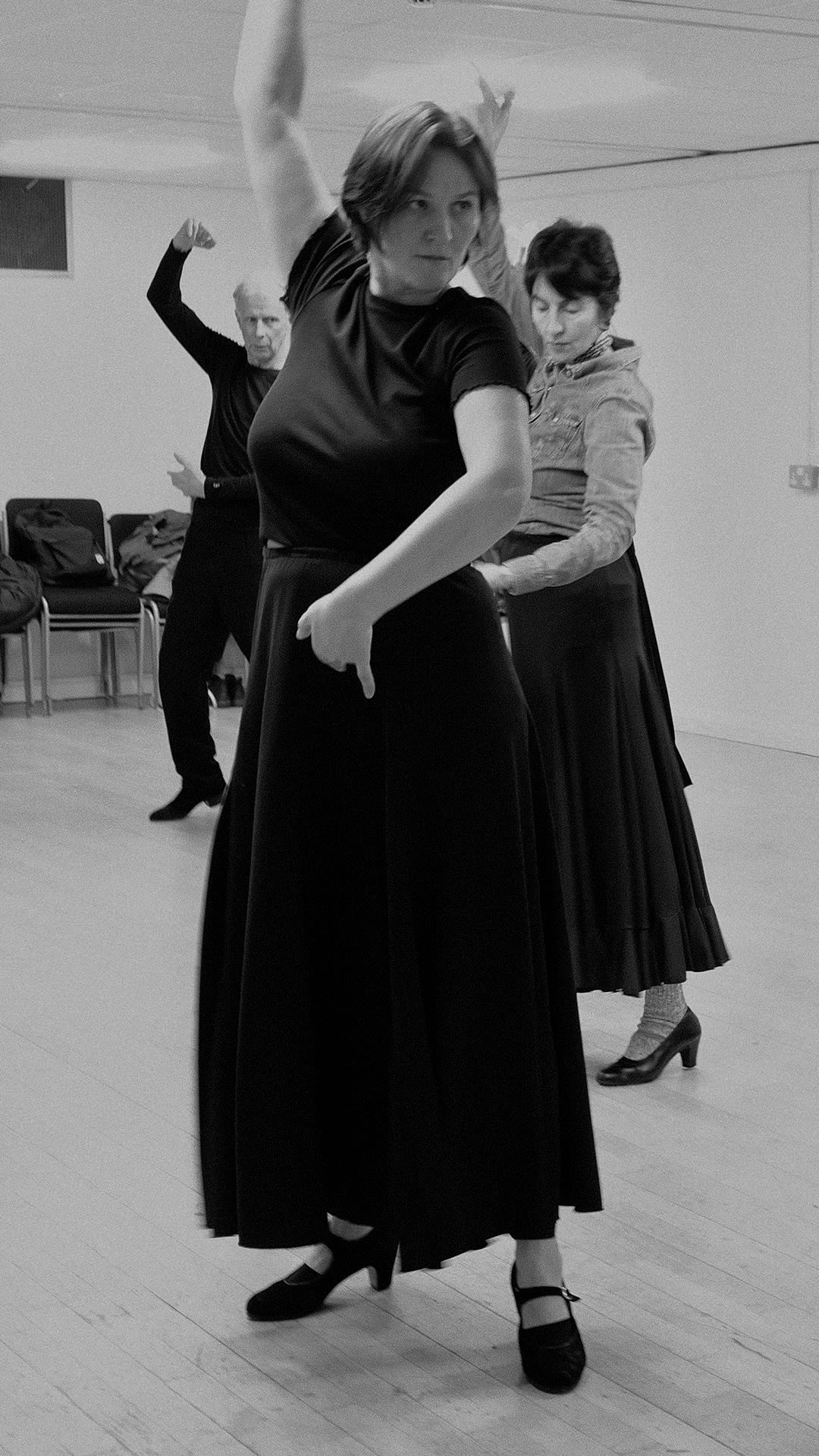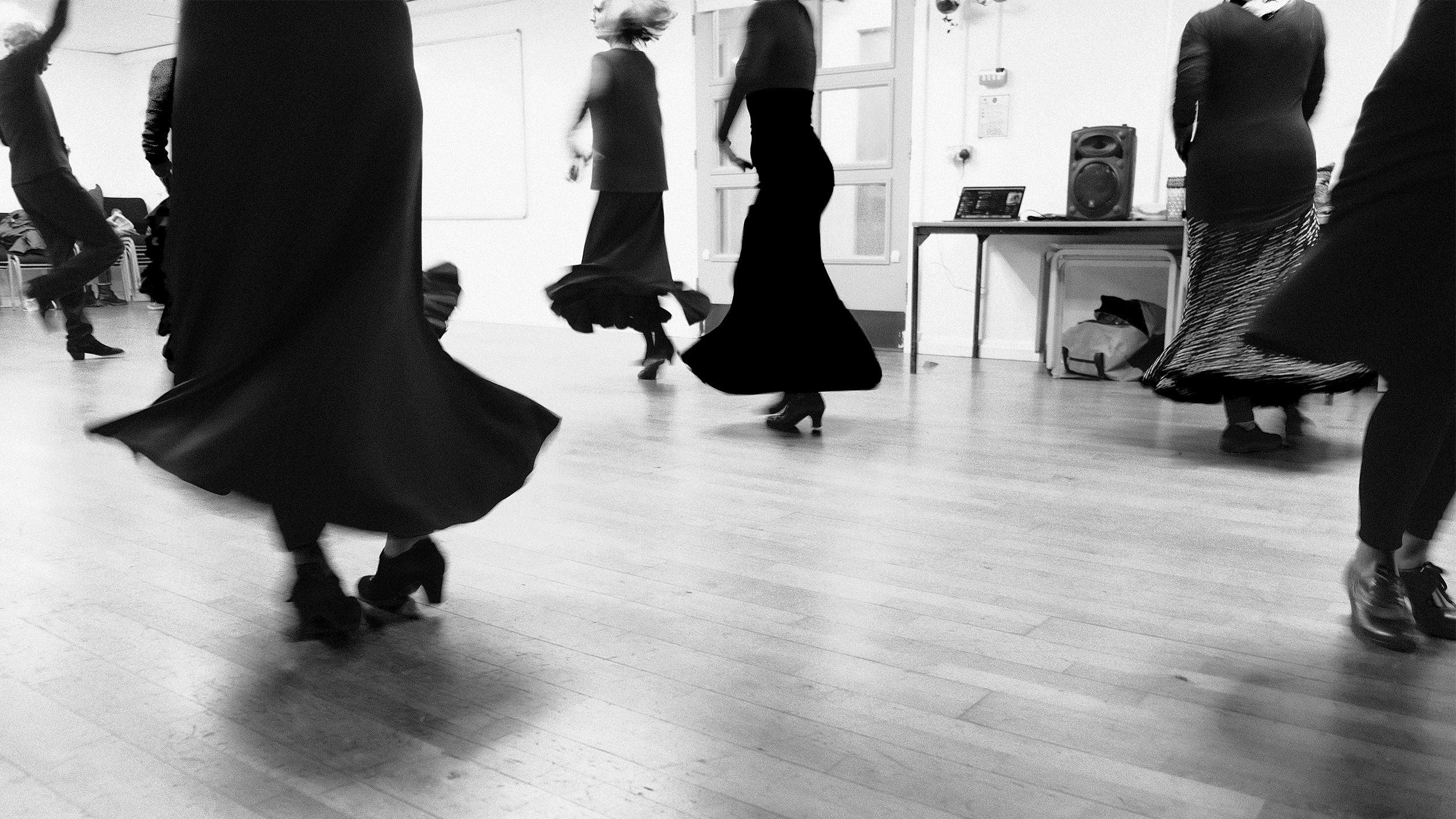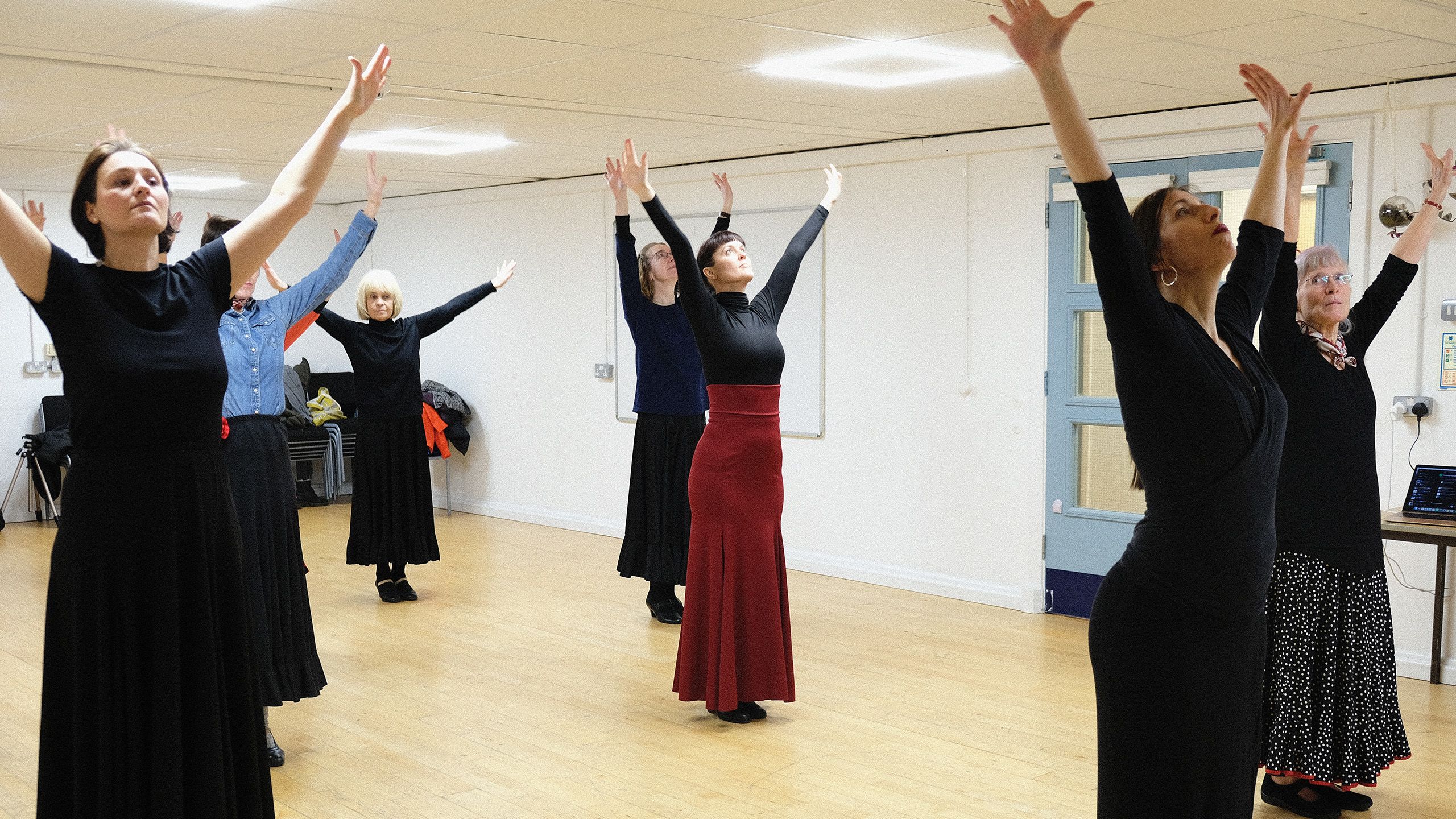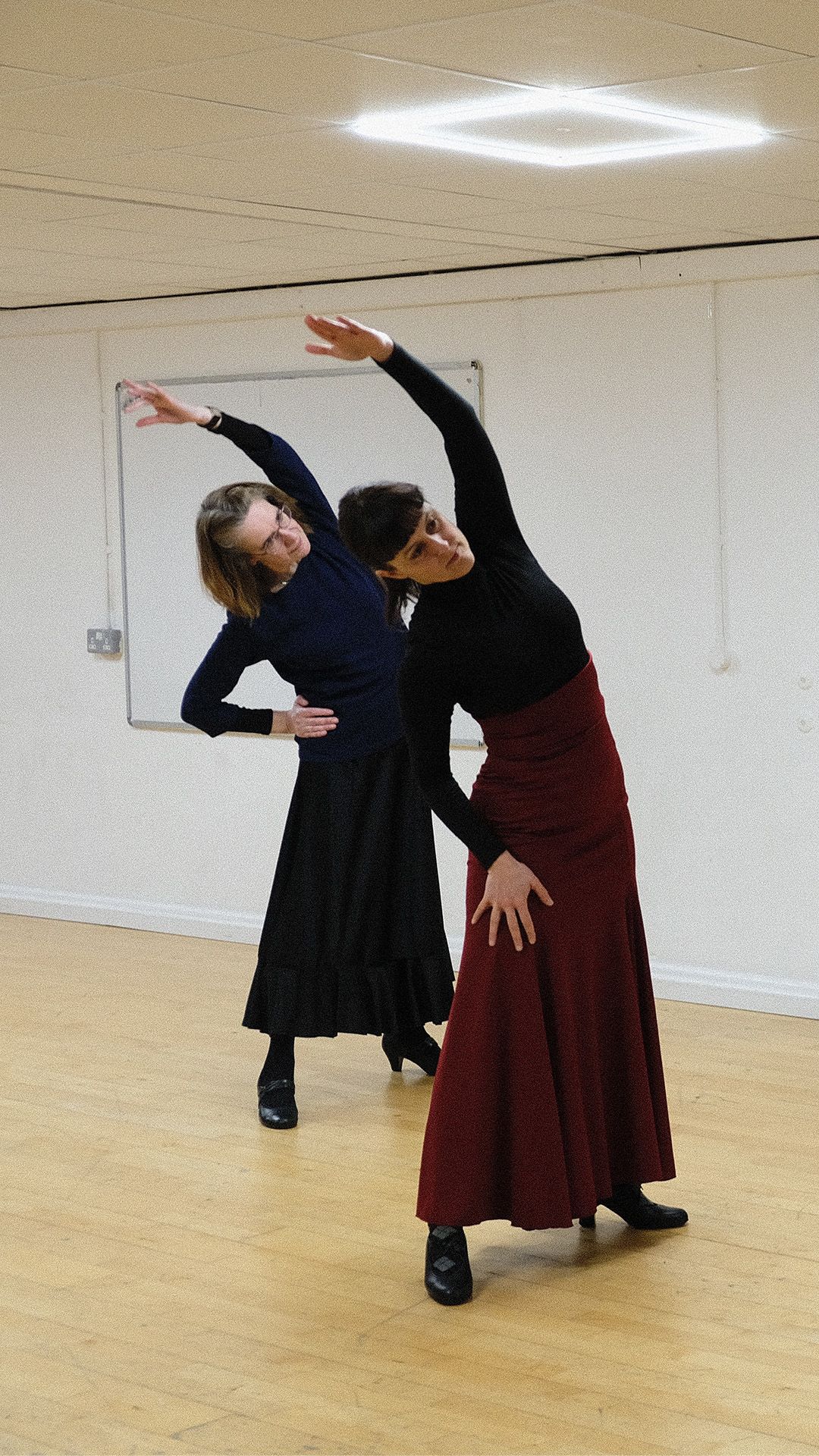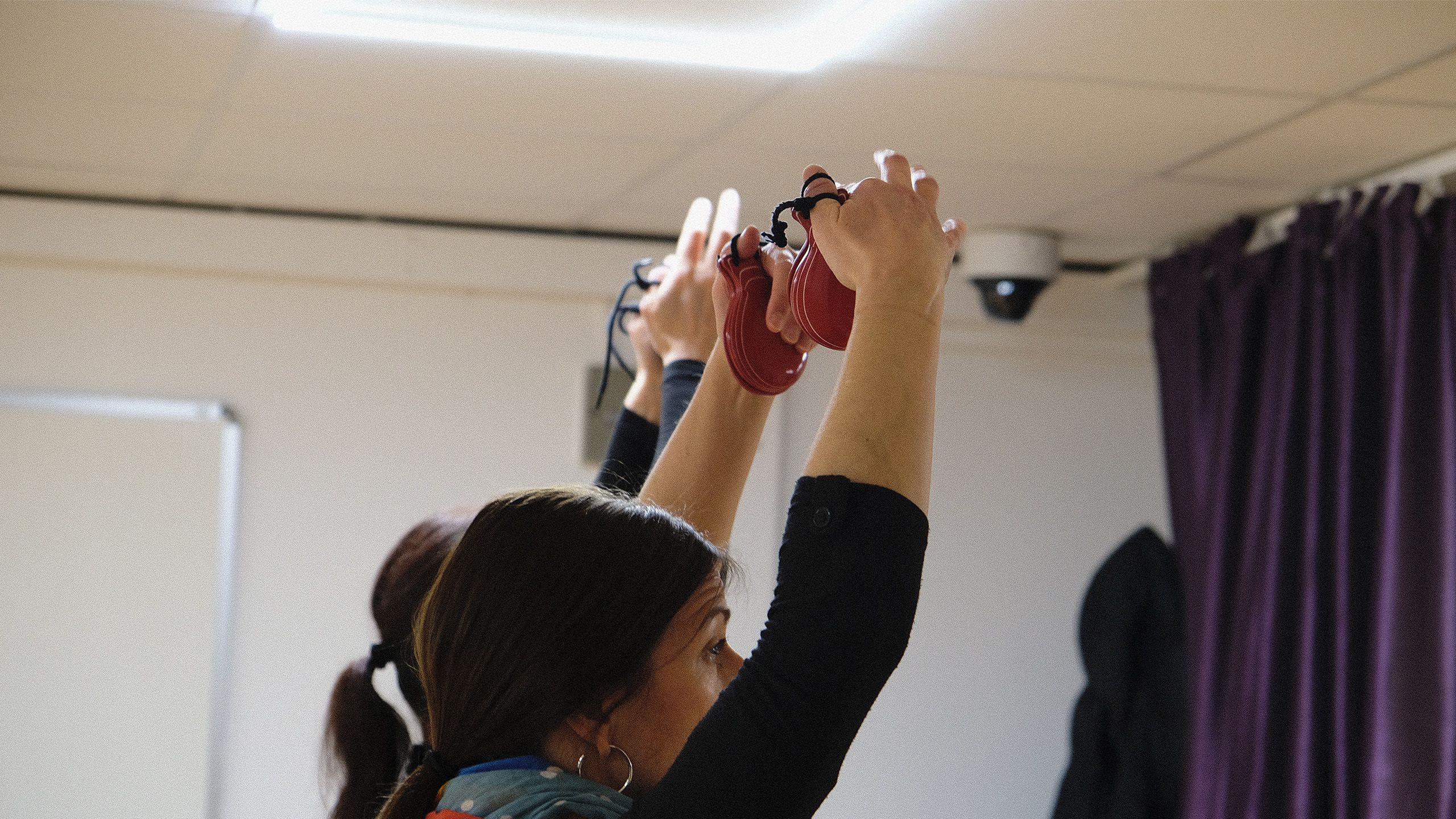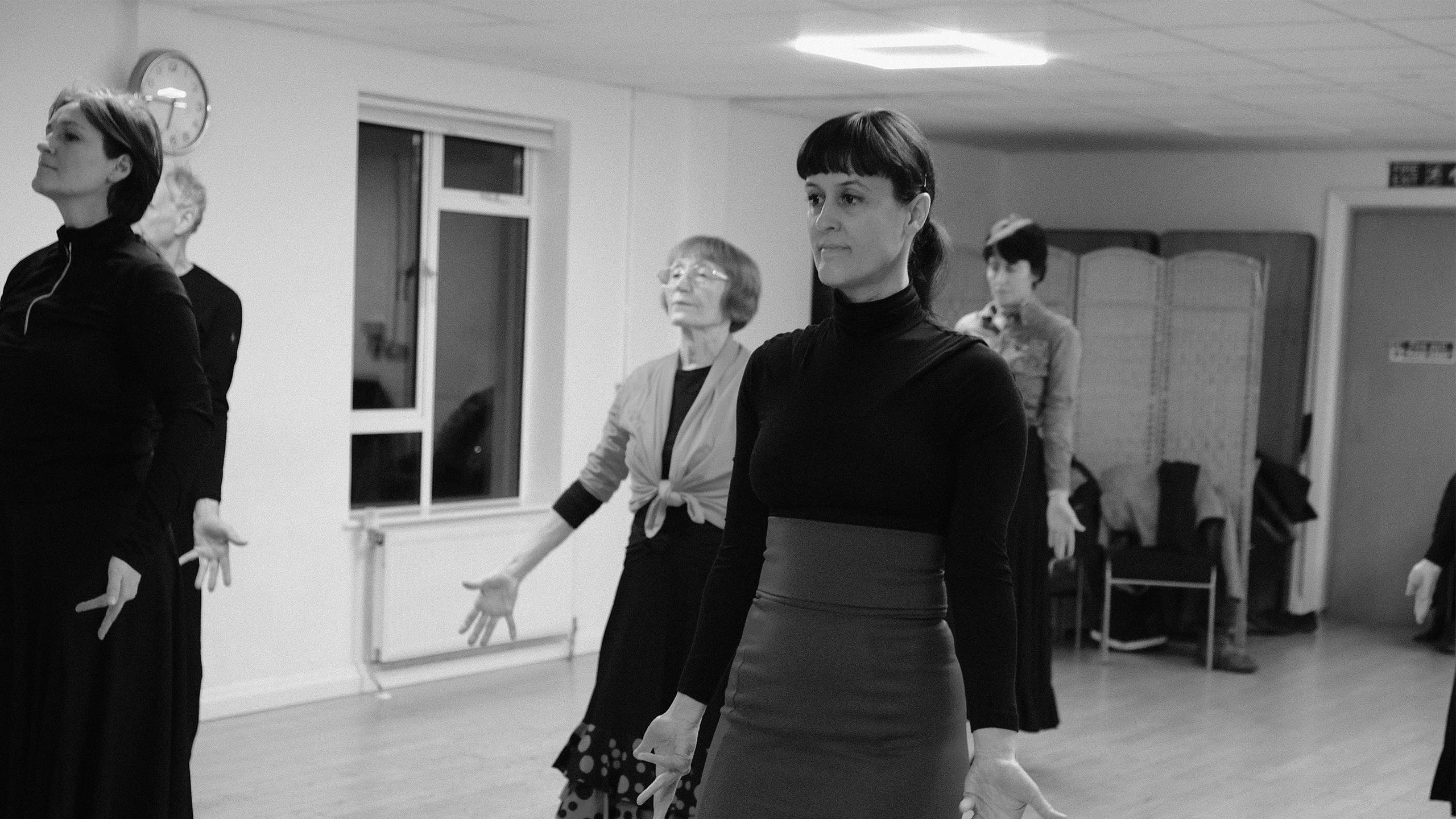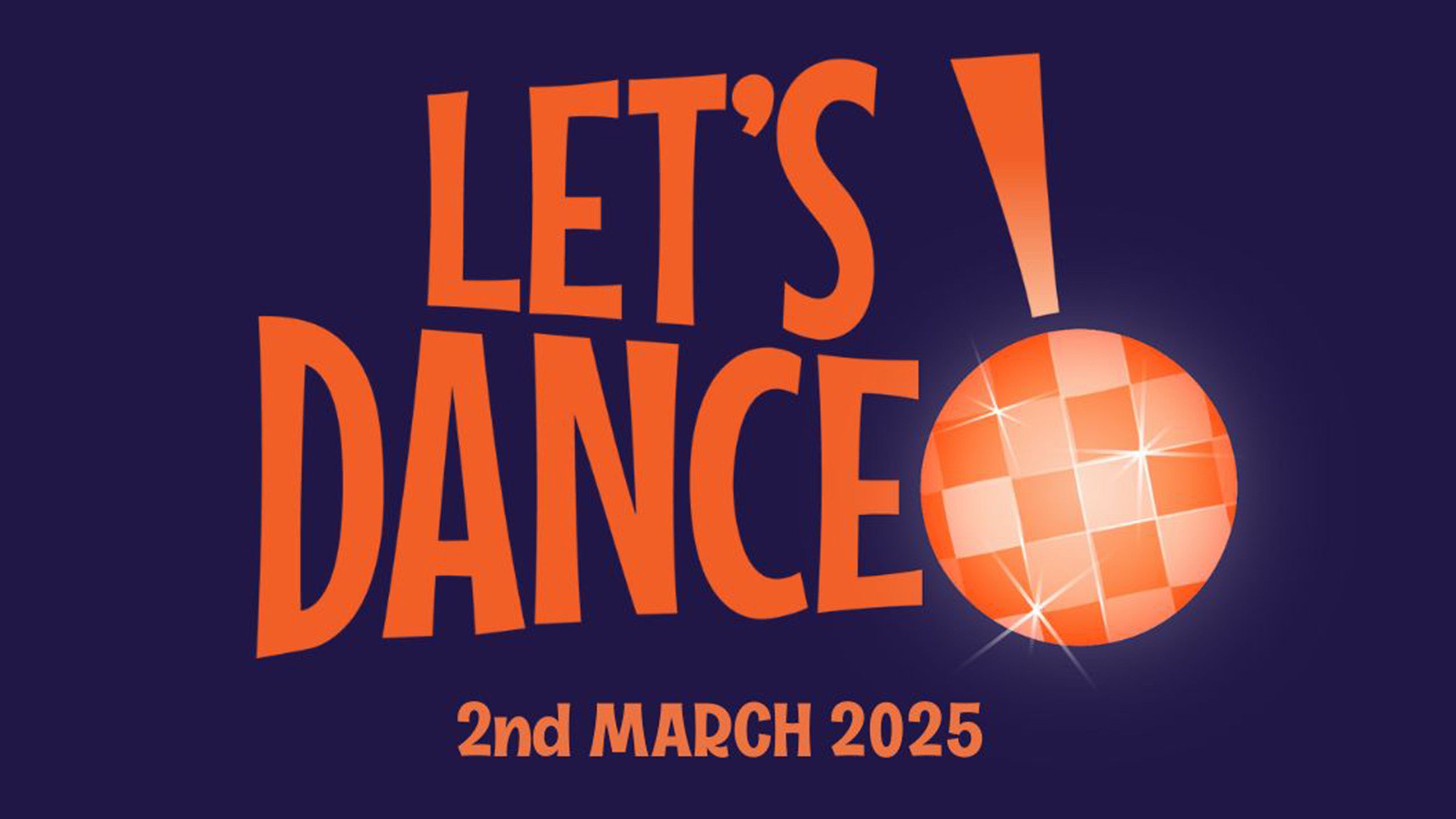MOVED.
Dancing for the body and mind.
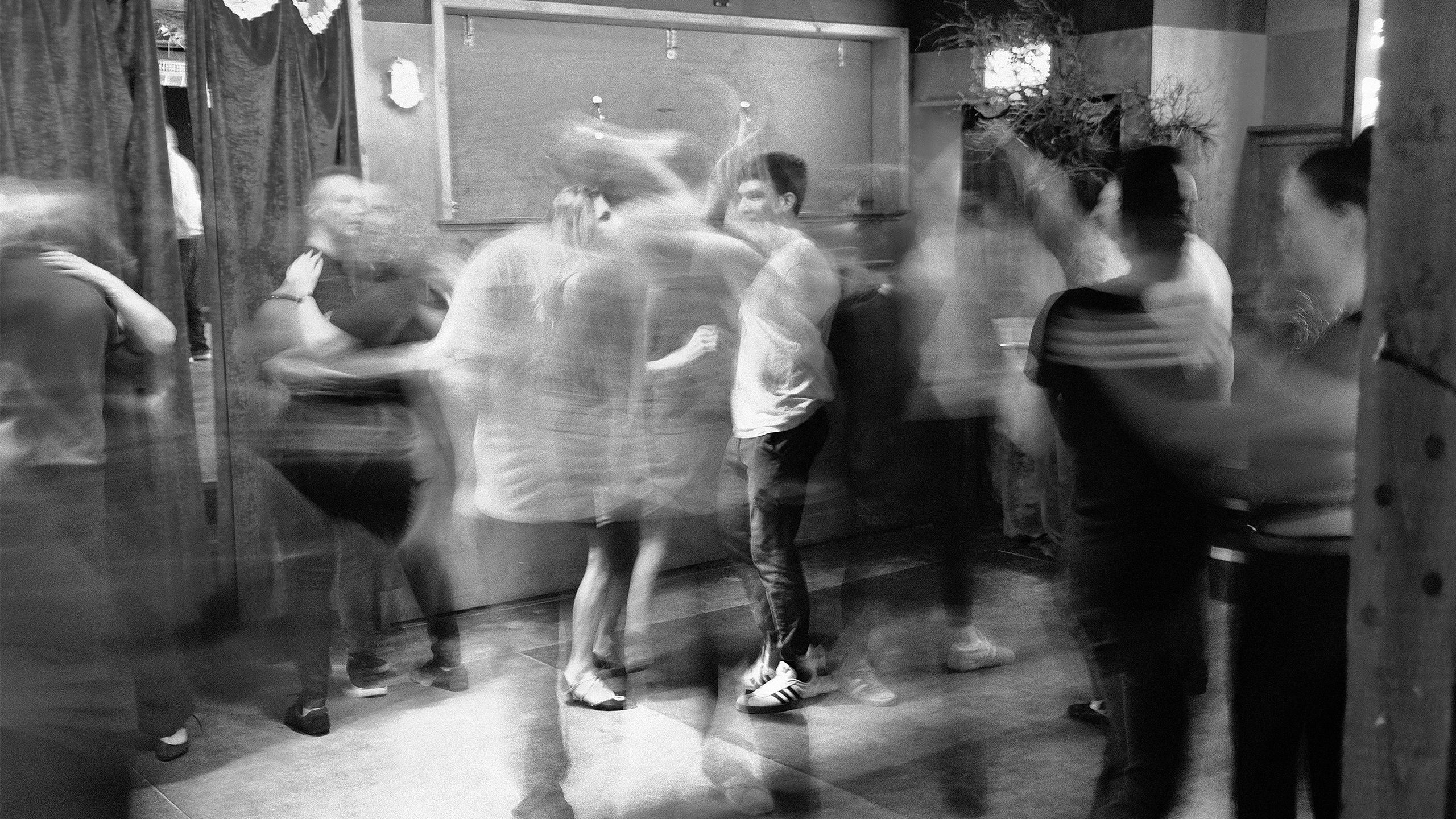
Dance. Whether it is ballet, ballroom, tap, breakdance, or simply a boogie in the kitchen while you wait for the kettle to boil, your body is moving. So, if dance can stretch your muscles, the question is how it stimulates the mind..
In Western society, where people are overwhelmed by fast-paced technology, they are finding ways to slow down and reconnect with themselves.
With anxiety levels rising significantly over the last decade, people want to calm down to deal with life better. Among the various methods, is one which may not automatically spring to mind as relaxing; injecting a bit of rhythm into your life.
WHY DANCE?
Beyond the technical focus of classes and competitions, dancers are moving their bodies freely and reaping the wellbeing rewards. From pressures at work, to personal issues, dance can be a form of exercise that is fun, social and accessible to all types of people, from professional dancers to complete amateurs.
Studies have shown that dance improves mood by releasing endorphins, neurotransmitters that are natural painkillers, and increasing serotonin and dopamine which boost happiness, regulating stress and low mood. A mind-body connection with a focus on empathy and freedom of movement means self-esteem and confidence are improved, and the social and community connection generates morale and a sense of belonging.
With methods such as Dance Movement Therapy (DMT) and Mindfulness Dance Classes, people are using dance more than ever.
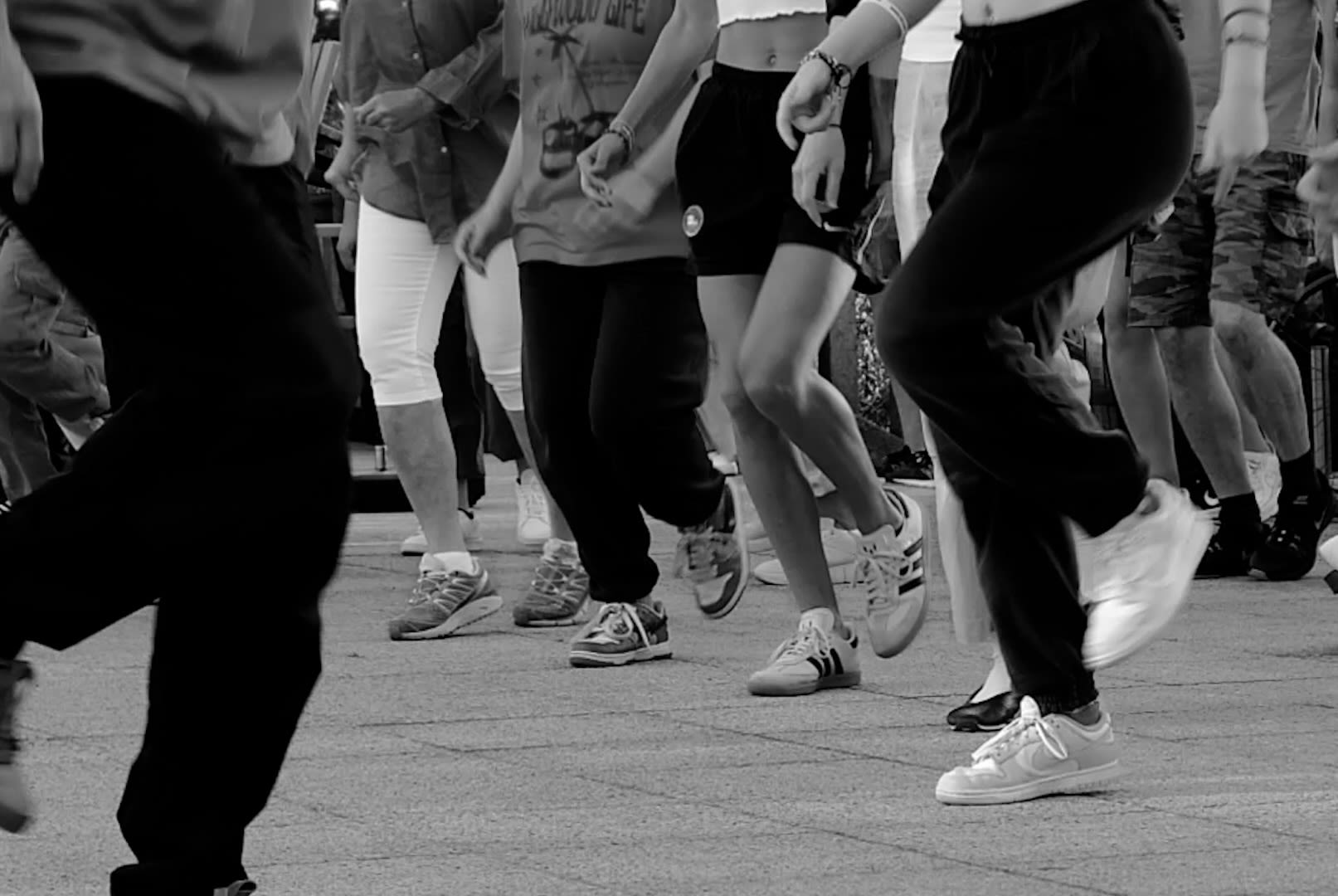
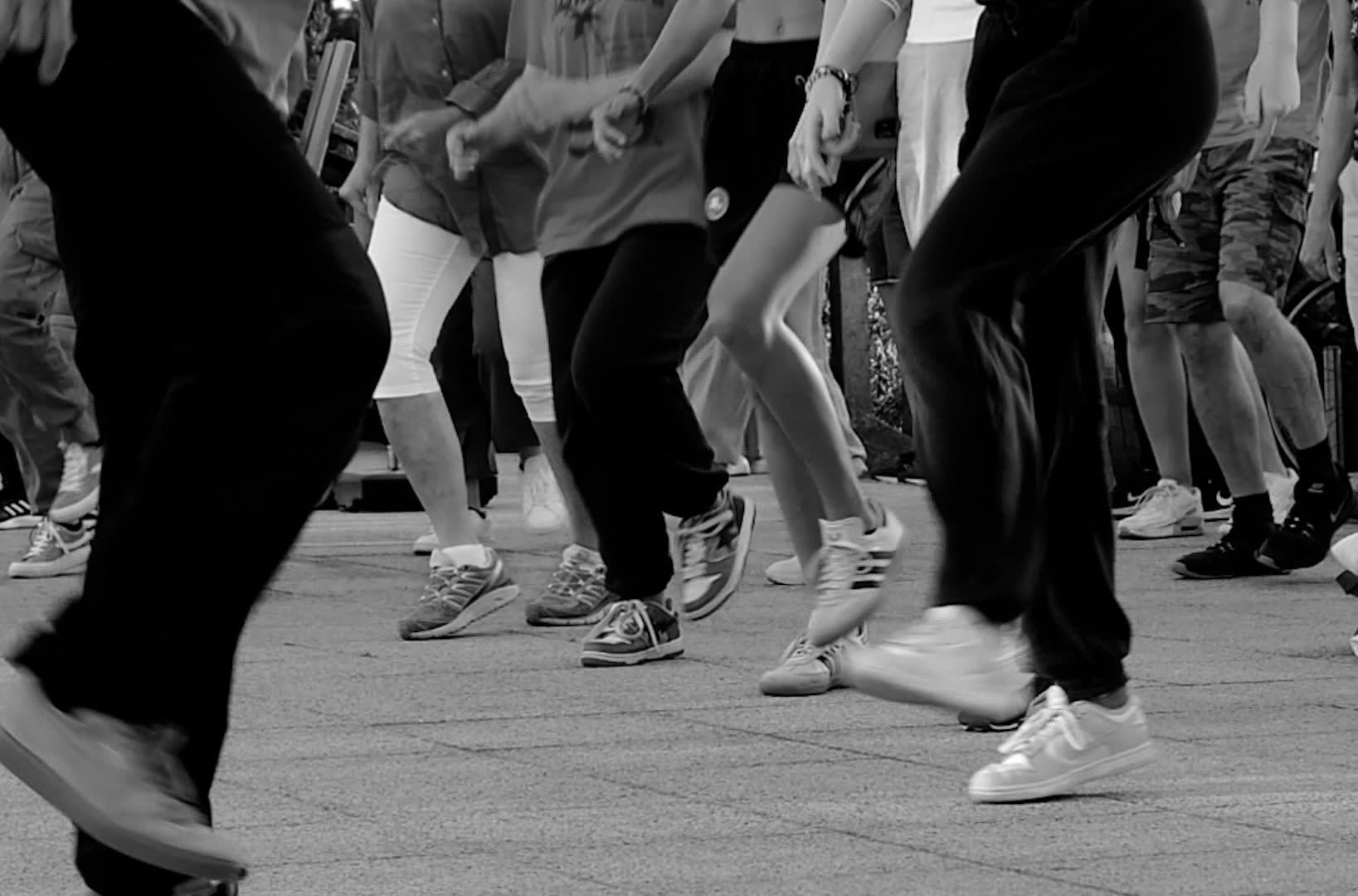
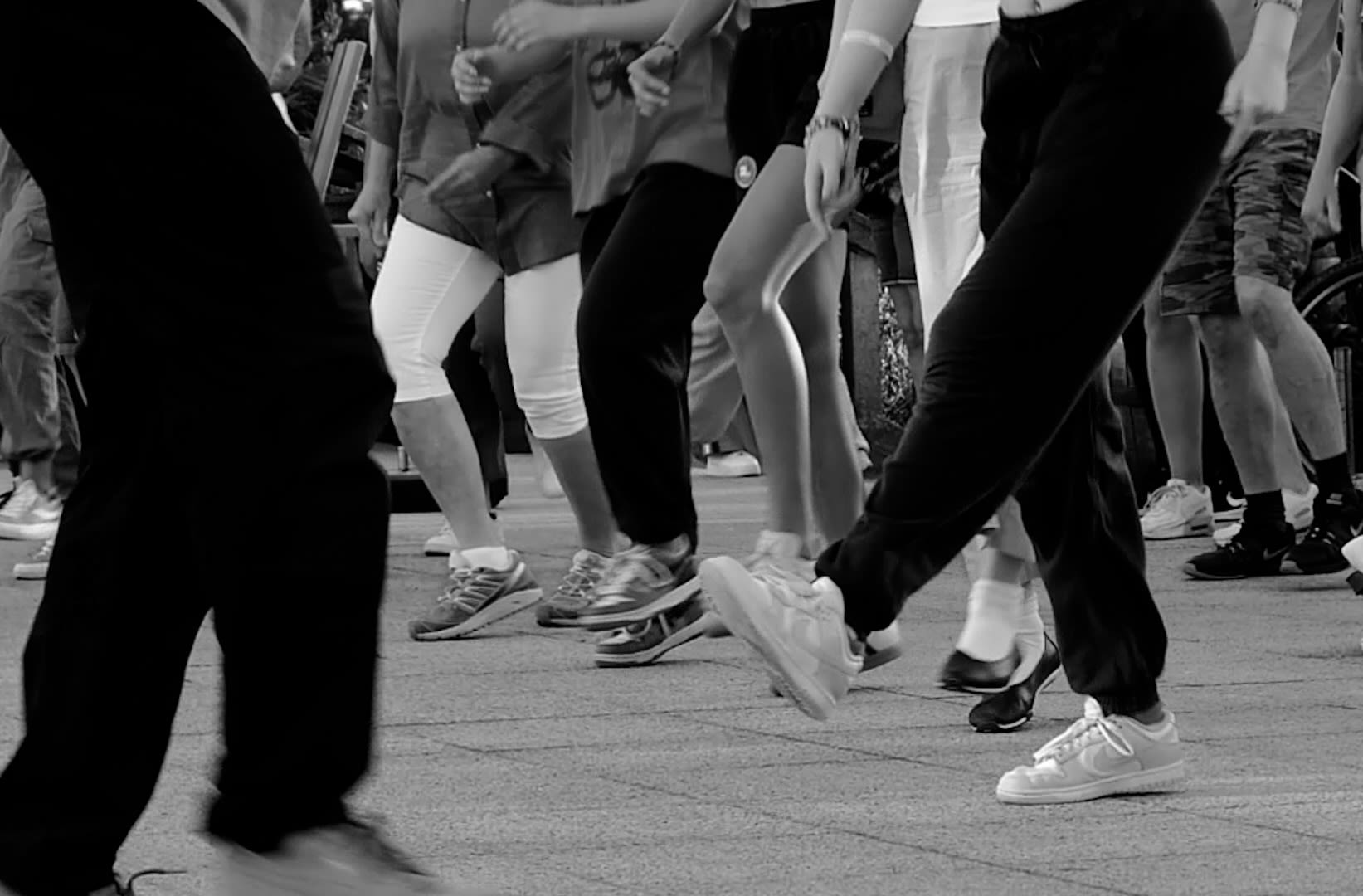
"The dance floor..."There is no place to feel so anonymous and yet so seen."
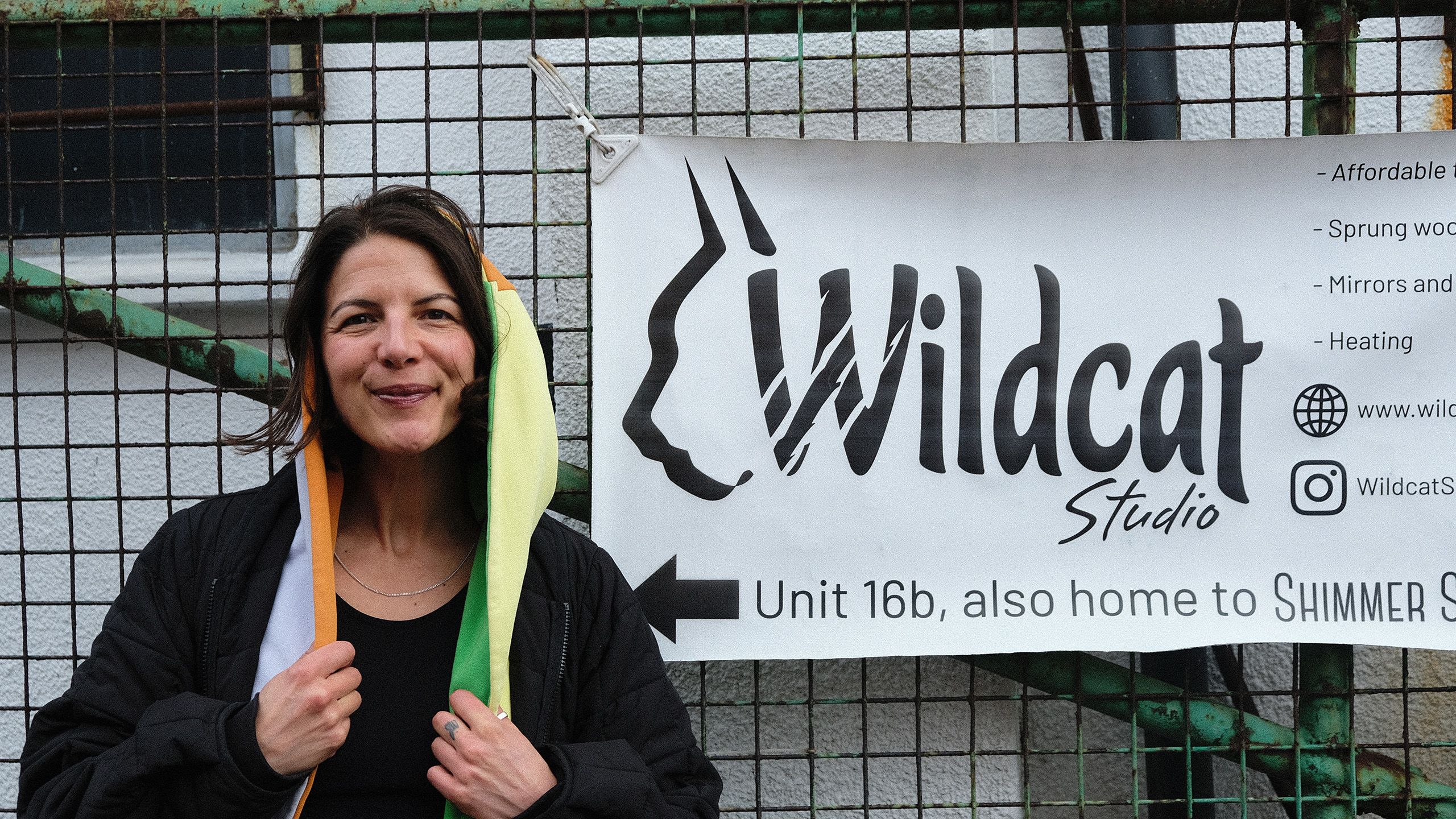

DANCE AS THERAPY
Various studies have shown that the psychotherapeutic approach of Dance Movement Therapy (DMT) allows the body to process trauma, which can help with mental health conditions such as anxiety and depression. This form of art therapy has also been proven to have a positive impact on interpersonal skills, stress management and physical health.
DMT relies on the increasingly researched bidirectional relationship between the body and the mind. This psychological approach leans into a more holistic view of physical and mental health. Dance is a universal language that allows people to express emotions and consequently process complex issues.
“It was intoxicating”: Lottie Ball on dance as a way of life
Photographer: Shed Lunt (Piski Films)
Photographer: Shed Lunt (Piski Films)
Dance therapist and wellness facilitator Lottie Ball uses the mind-body approach. She says, “I have always had a fascination with dance. Even when I was a child and lived in the middle of nowhere in the very north of Scotland, I was obsessed with images of ballet.” This lifelong interest in the aesthetic of dance shows throughout her work.
Lottie does movement coaching, one to ones, adult dance classes and work with schools. She is currently working with an organisation called Movema and says, “We are pioneering creative projects that assist with emotional learning and peer support.”
Lottie says, “In the late 1990s and early 2000s, I met my first proper crew of girl mates, and we started going raving; going out in the tail end of the big rave scene was life-changing for me.” She remarks on this time as intoxicating. She says, “I was so shaken up and impressed by the experience of communal dance and sensory overwhelm, I felt like I was coming home to my body.”
Lottie then went to live in New York, “I worked as a waiter in a strip club by day and took dance classes at Broadway Dance Centre in the evening, then at night I would get a train to anywhere that was free before midnight to get in and I did that every day for 3 months.” She says that in the United Kingdom “dance is either hedonistic or class and performance-based” but in New York, she found dance as a way of life. She says she discovered so many ways of being with dance.
She realised “dance doesn't need to just be auditions and perfectly pointing your toes, and it doesn’t need to be getting out of your face ‘til 8am. There is another way, and it has a place.”
“When words are not enough then we have to create art. We have to find a language, a tool.”
When she came back to the UK, she signed up to do an MA in Dance Psychotherapy and this started her journey with DMT. She says, “It is a very accessible form of therapy. I feel so blessed I have been in contact with so many different people over these years.”
Photographer: Shed Lunt (Piski Films)
Photographer: Shed Lunt (Piski Films)
Lottie says her adult mental health group was “the most challenging, rewarding, authentic and supportive group” she has ever been a part of. The group consisted of around six to eight people who were all living together in supported accommodation.
Between the group, there were several serious mental health conditions, such as schizophrenia, bipolar, non-verbal autism, eating disorders, post-traumatic stress disorder (PTSD), severe anxiety and depression. Despite the cramped and chaotic working conditions that were “crammed with old shit and a pool table” they were able to find a “playful, creative way of working in a tiny shed in their back garden.”
Lottie encourages people to move past labels, to hold back on “prescribing what a person’s identity is before we have got to know the person.” She says that often she is told a person will never dance, but sure enough, given the right song, they will. Lottie believes it’s the limiting beliefs around diagnostics that prevent people from moving out of a state of fear.
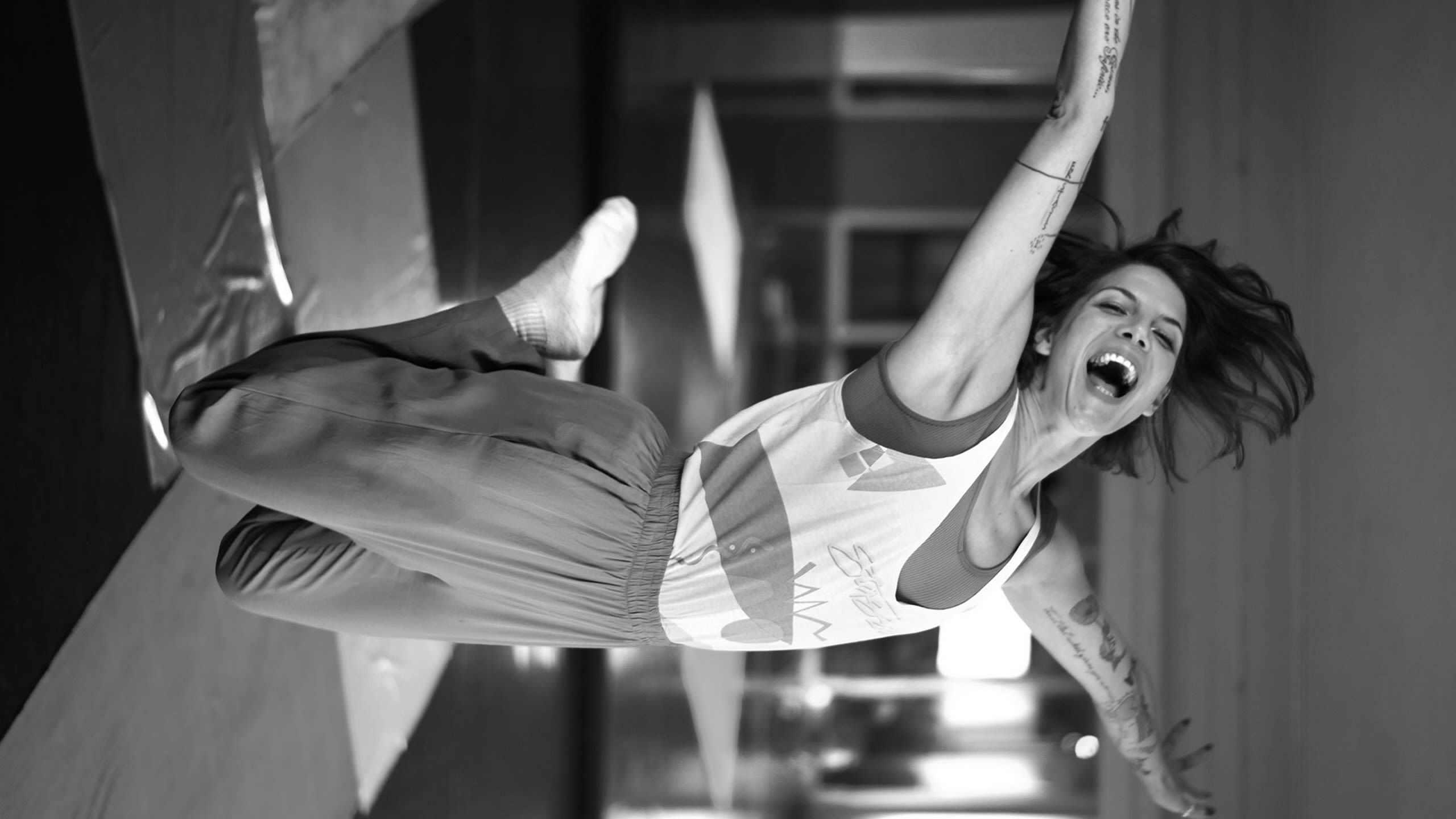

Dance therapy can regulate the nervous system by using breathwork, shaking or stretching. Lottie cultivates a client-led approach and works to build a relationship with trust. She says these regulation strategies “keep us in the here and now.”
Lottie explains, “Any experience that happens to us is felt in the body. Our mind is a processing organ, but it is our body that precipitates responses.” This is a bottom-up approach to therapy as opposed to the top-down which means starting by looking at the physical sensations of the body first versus cognitive elements like thoughts and feelings. Lottie says, “When we work with the body first with a creative narrative, we actually make new discoveries about how we think about something.”
The key benefits of this movement therapy and working with the body are, Lottie says, that “it is a non-verbal modality, meaning it works with autistic people, people with learning difficulties and dementia clients. It is transcending language barriers so it's an international approach.”
“The body is the first resource for all of us.”
Lottie says that “many of us are living in our heads” and dance therapy can allow a reconnection with our bodies. She says some of her clients say they feel like they’ve had an ‘awakening’. Lottie talks about a member of her addiction recovery group who hadn’t got down onto the floor for years, and after dance therapy, he said, “I can finally feel my legs again.” Lottie says that the mind-body connection gained through DMT is, for a lot of people, “a real breakthrough of letting their body lead.”
“We should use the form of dance and movement to find one voice.”
COMMUNITY IS KEY
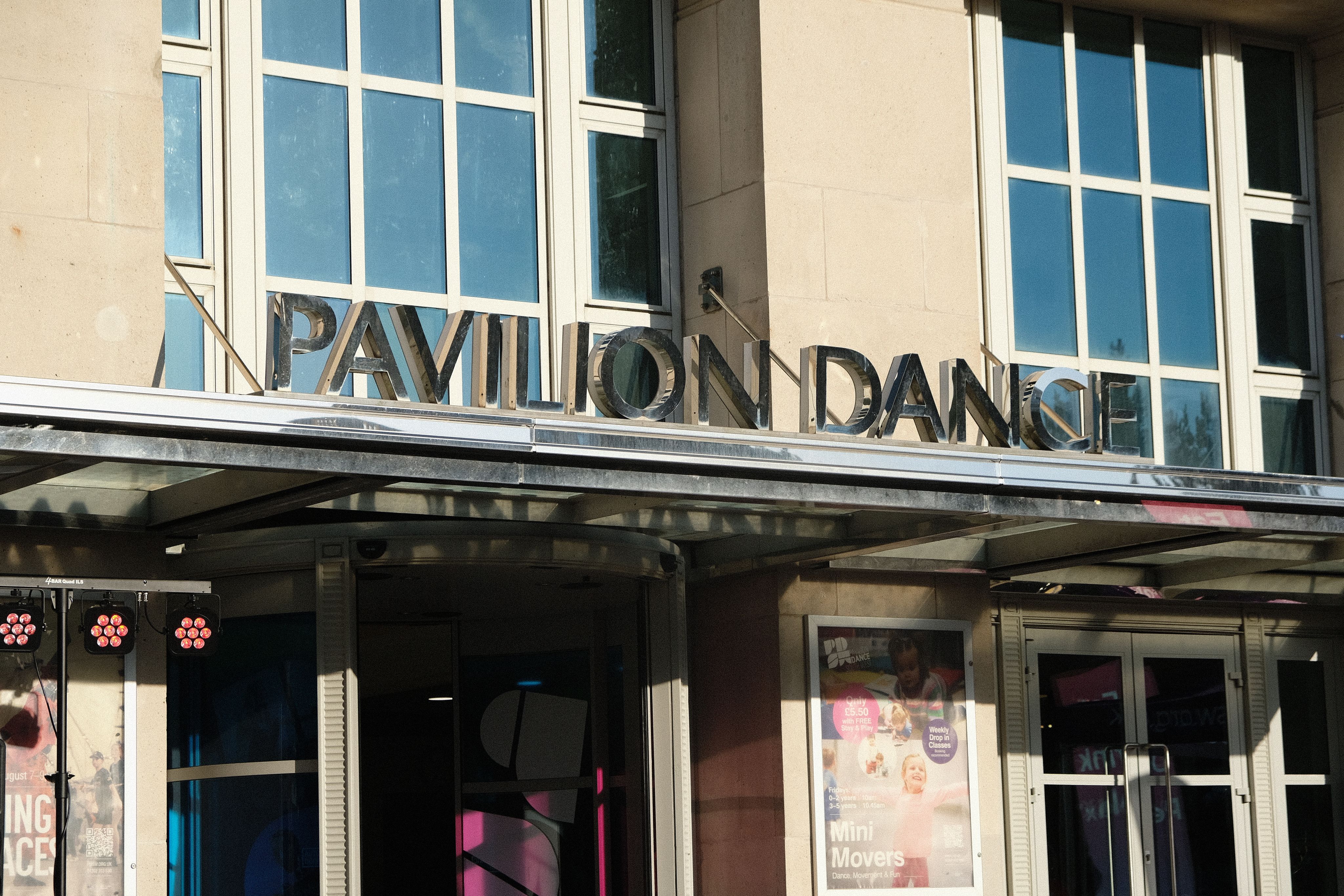
Dance charities are among some of the key players in facilitating a conversation around dance and wellbeing. One such charity is Pavilion Dance South West.
PARKINSON'S DANCE
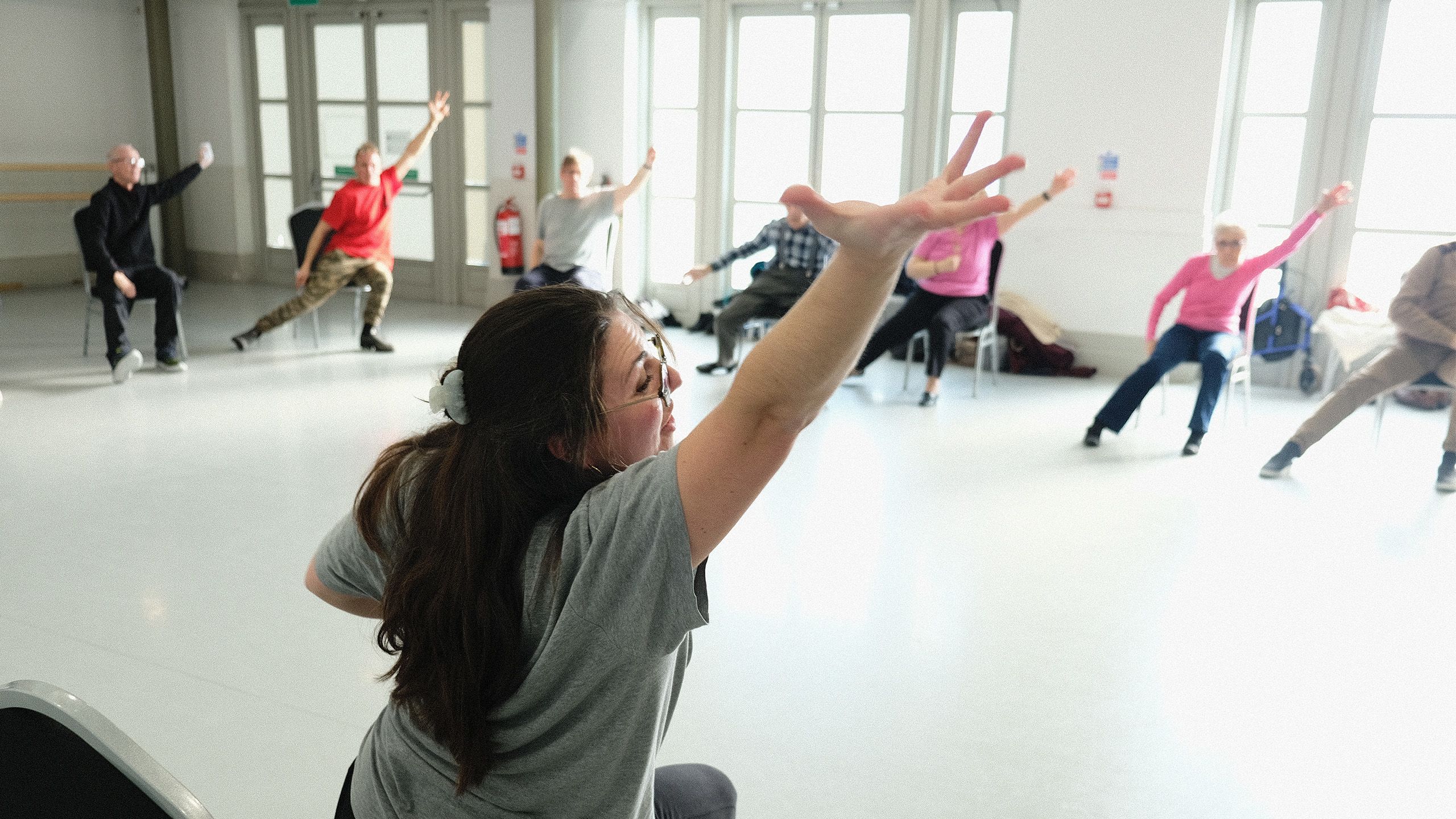
Research on the impact of dance on progressive degenerative disorders such as Parkinson’s have shown that it can play a major role in managing the symptoms. Many people find physical benefits such as posture and strength but also cognitive improvement, mental health benefits and social connection.
Parkinson’s disease is a condition caused by damage to nerve cells in the brain which results in a tremor in the body (shaking) and other problems with movement of the muscles. These include; Bradykinesia which means slowness of movement and problems with gait such as freezing and coordination issues.
This Parkinson’s Dance Science approach has been going since 2012, it fuels the class run at Pavilion Dance South West, a charity based in Bournemouth, taught by Aimee Hobbs and Samantha Gillingham.
The Parkinson’s dance classes have now been rolled out at Dorchester Arts and Artslink Sherborne. They all follow the Parkinson’s Dance science model.
Aimee Hobbs (Parkinson's dance teacher)
Aimee Hobbs (Parkinson's dance teacher)
“We encourage people to have authenticity and autonomy over their own movement.”
Evidence from several studies shows that dance can improve physical and mental symptoms experienced by those with Parkinson's, including a 3-year longitudinal questionnaire study led by Dr Hulbert and Dr Dorit Kundel. The study measured the quality of life of dancers from different Parkinson’s Dance Classes.
Samantha was dancing at PDSW where she met Aimee who introduced her to Parkinson’s dance. She started dancing at Aimee’s Weymouth class before carrying out some supported training at PDSW and then teaching online throughout the pandemic in 2021.
Samantha Gillingham (Parkinson's dance teacher)
Samantha Gillingham (Parkinson's dance teacher)
“Laughter has an amazing magical quality that can allow us to relate to each other and become more open.”
LIVING CONSCIOUSLY
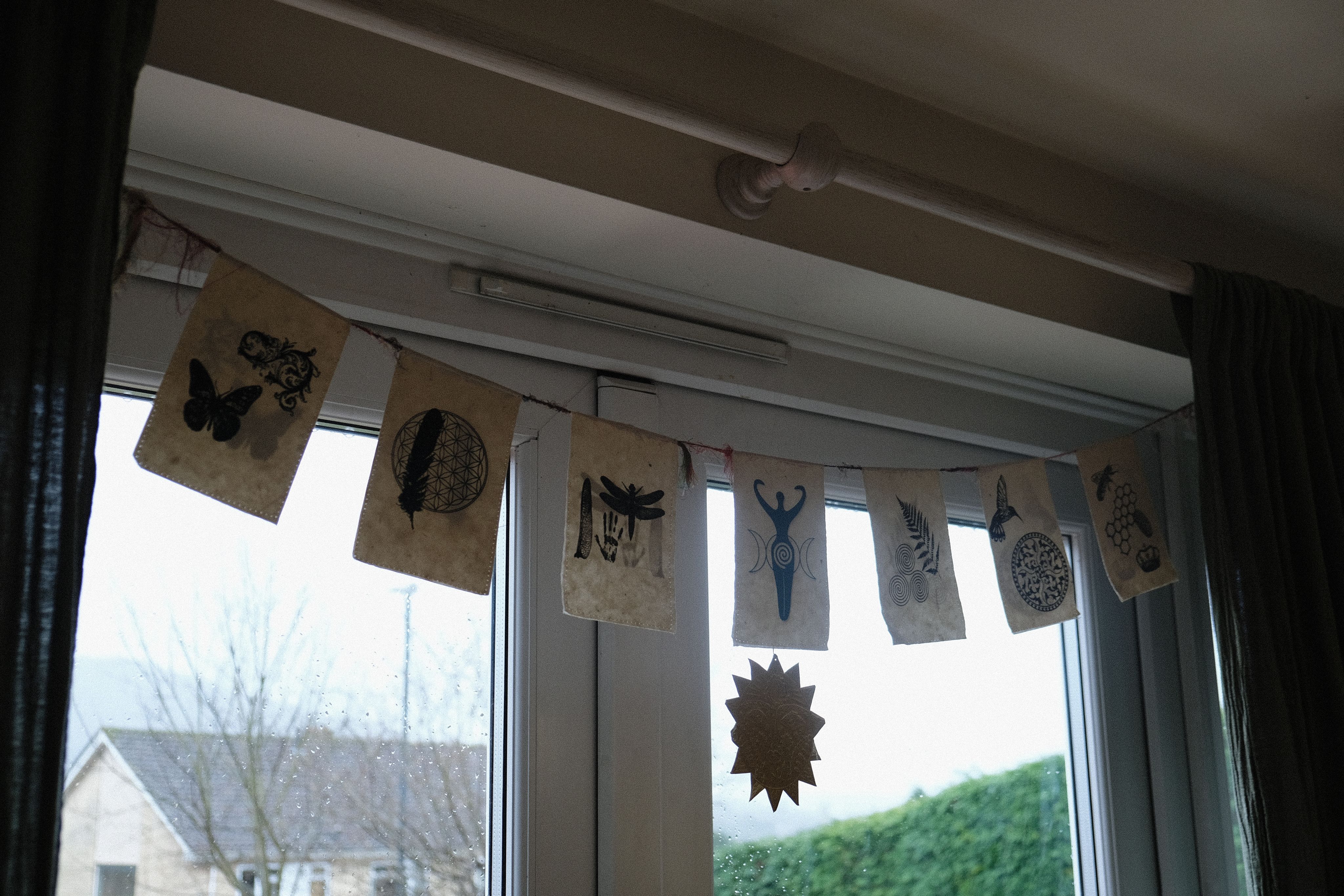
"A beautiful dance between the breath and the movement." Susan Rush on yoga and its benefits
Sue Rush in her yoga studio
Sue Rush in her yoga studio
What if the perfect morning routine was less about speeding up to fit productivity in and more about slowing down, a focus on stretching and breath; yoga. For some, it is ultimately a way of life; living more consciously. The body-mind connection that comes with focusing on breathing and staying in the present moment can help with stress and concentration.
One person who takes this philosophy into her life is Susan, a yoga teacher whose work is underpinned by her knowledge of Ayurveda, which means ‘the science of life’ in the ancient Indian language of Sanskrit.
Ayurveda takes a holistic approach, looking at the balance of mind body and spirit. This ancient Indian medical system has been adopted into Western society as an alternative form of healing, which incorporates natural remedies. Yoga is the exercise branch of Ayurveda.
Susan first went to a yoga evening class when she was just seventeen. She has taken it through her life and says, “ It helped me through a challenging time in my life when I got my first job and was very stressed and getting panic attacks.”
Sun Salutation
Susan has taken great inspiration from Vanda Scaravelli, yoga teacher and author of Awakening the Spine. In Awakening the Spine, Scaravelli talks about working with gravity and breath to achieve a supple spine, which can help with spinal problems such as arthritis and scoliosis.
In terms of how people can implement yoga into their morning routine, Susan suggests a Sun Salutation. This gentle exercise regime is a sequence of twelve linked Asanas which are performed at sun rise “that accesses all the muscles of your body.” Asana translates to pose in Sanskrit.
These yoga poses flow from standing, stretching down onto the floor and back to a standing position, to energize the body for the day ahead. The names of the Asanas in Sanskrit translate to describe the appearance of the pose. For example, one of the poses in a common Sun Salutation is ‘Uttanasana’ which translates to Forward Fold.
While the Asanas are carried out, there should be a focus on the breath. As a breath coach, Susan explains that clients have told her how “completely enlightening” it is that they can change the state of how they are by doing a yogic breath pranayama, which involves controlling your breath in certain ways. Susan explains how breath is “fundamental to people’s wellbeing.”
SALSA AND FLAMENCO
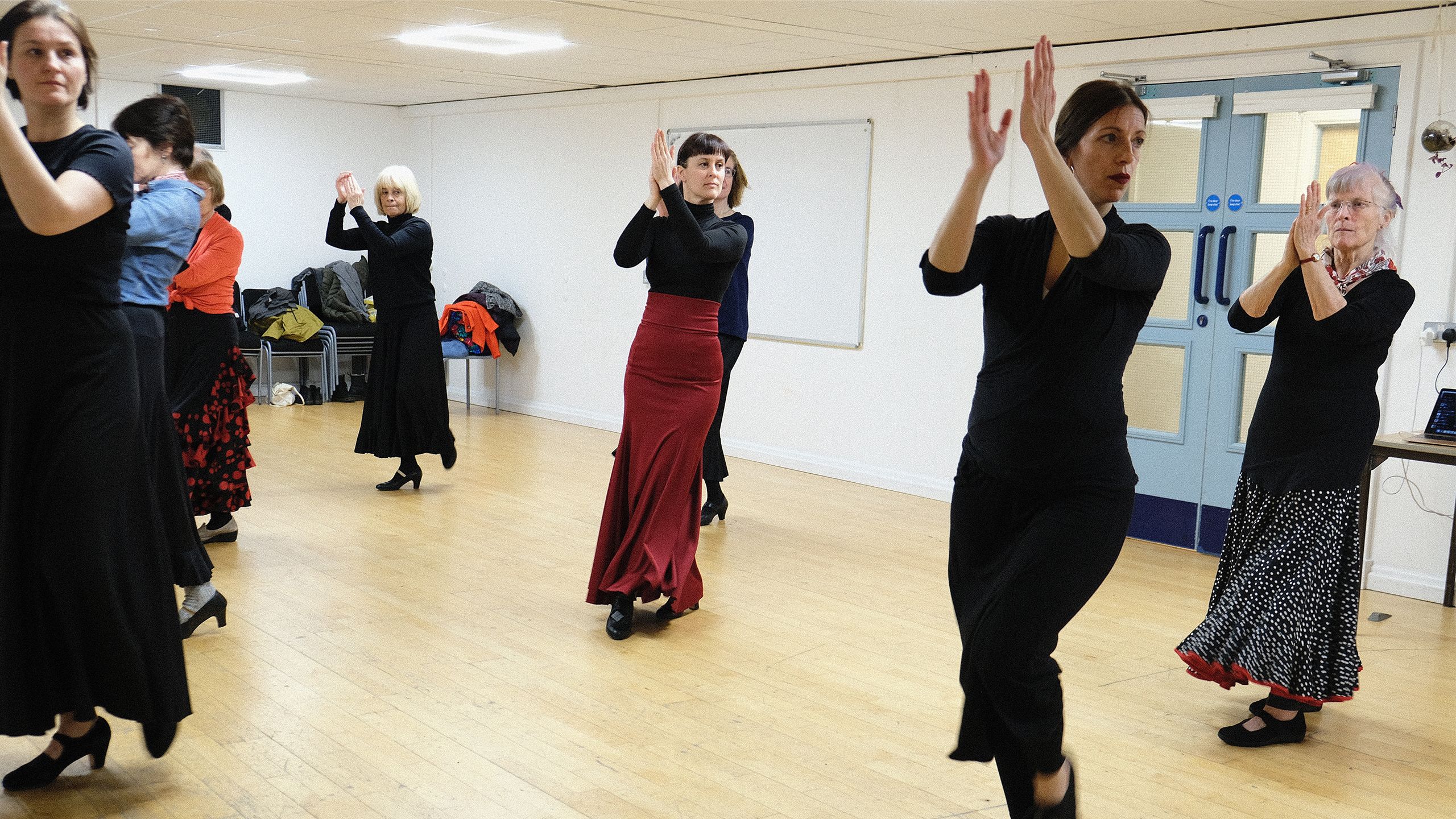
Dance as a hobby can result in the same benefits as dance specially catered towards mindfulness, one example of this is salsa. Salsa is a Latin American dance mostly performed in partners. The format of the dance involves spins and turns to the flow of the music paired with footwork techniques. Salsa is a mixture of the rhythms that African slaves brought with them when they were traded with Spanish colonialists. Later, other rhythms from America were brought in. Salsa has several variations such as New York, Cuban, and Los Angeles style.
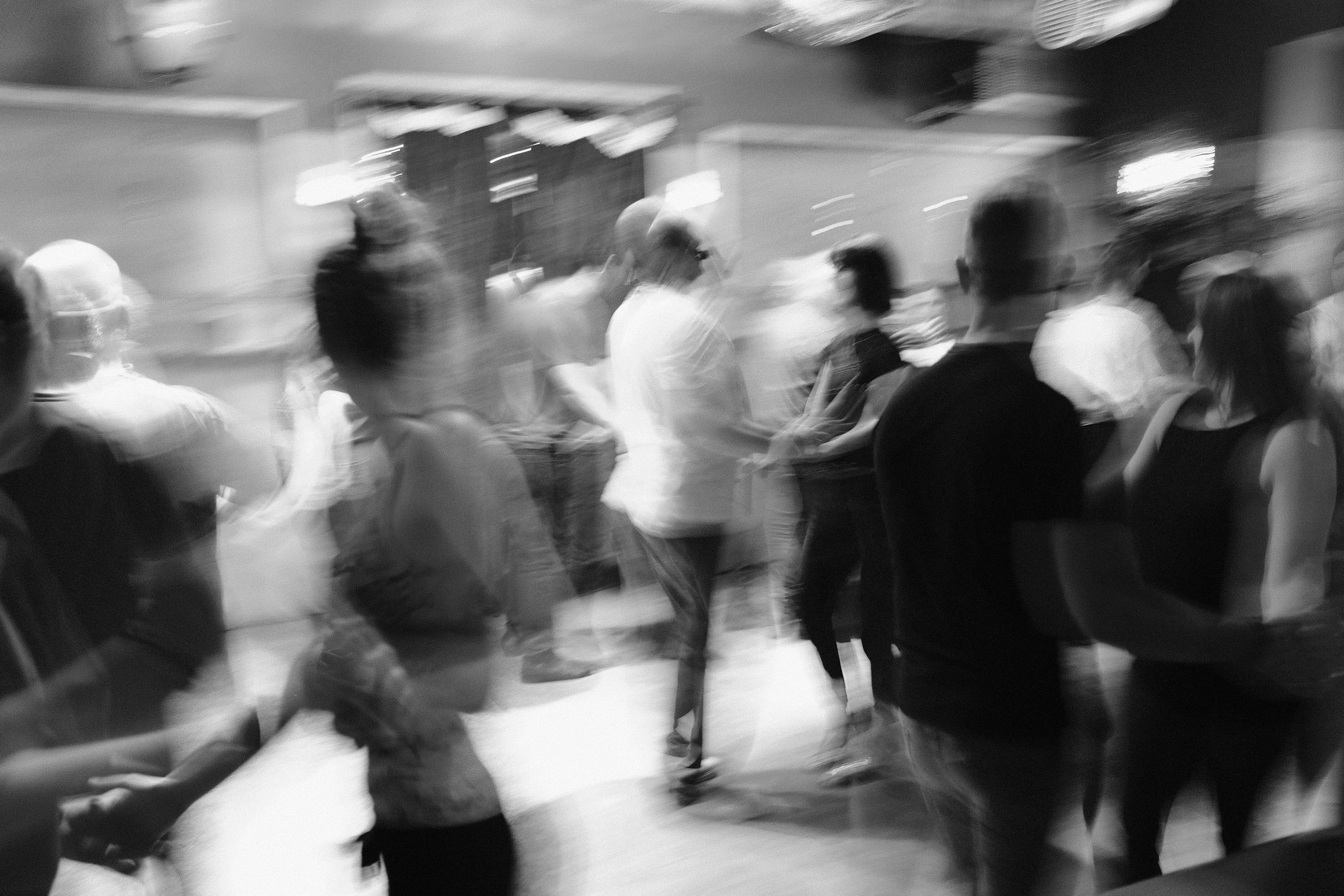

Salsa is often danced in bars or nightclubs. Adele, who has been dancing salsa for 20 years, now teaches salsa at Lomah bar in Bath. She says, “It is really lovely getting to know the people you are dancing with.” This social aspect of the dance can boost people’s mood enough that just one class often make the difference between a bad day and a good day. Adele says for feeling good, “It is a triple hit, you get the social aspect, the music and the exercise.”
Adele’s husband, Matt, who is an engineer by career and teaches salsa alongside Adele, emphasises the fun aspects of the dance, instead of the formality that is often thought of for dance classes, “Sometimes dance can be scary and serious, we try to make it a good laugh by mixing with lots of other people.”
Adele and Matt (salsa teachers)
Adele and Matt (salsa teachers)
Maria Cristina, a flamenco dancer, also teaches the beginners class at Lomah on BathSalsa night.
M. Cristina (Flamenco dancer)
M. Cristina (Flamenco dancer)
In addition to teaching salsa, Maria Cristina teaches Flamenco. She teaches at several venues in Bath including Phase One Gym, LatinFitness and Percy Community Centre. She has been dancing since she was a child and has taught several other styles including ballet and street dance.
THE FUTURE
As we gain more knowledge about the benefits of dance on our mental and physical health, society continues to adapt to embrace these insights. People are already making this new knowledge known. One person spreading the word is award-winning journalist and TV presenter, Angela Rippon, for whom dance has been a big part of her life and her career. On 2nd March of this year, she launched a campaign called #LetsDance.
#LetsDance is a national campaign that is calling for everyone to embrace the power of dance for physical health, social connection, and joy. On the #LetsDance website Angela says, “Dance really is one of the best ways of keeping strong, fit and healthy, because it really does exercise every part of the body, including your brain.” She called on everyone, including dance teachers, community groups, care homes and businesses to host dance events and spread the word.
#LetsDance logo
#LetsDance logo
This campaign is supported by organisations such as People Dancing, a foundation for community dance, the Royal Acadamy of Dance (RAD) and the Sport and Recreation Alliance, a non-profit independent voice who believe in the power of sport for transformation.
Dance is being used more and more as therapy, in schools and community centres and to bring people of all ages and abilities together, for healthier minds and bodies.
Dance. For the body and mind.
